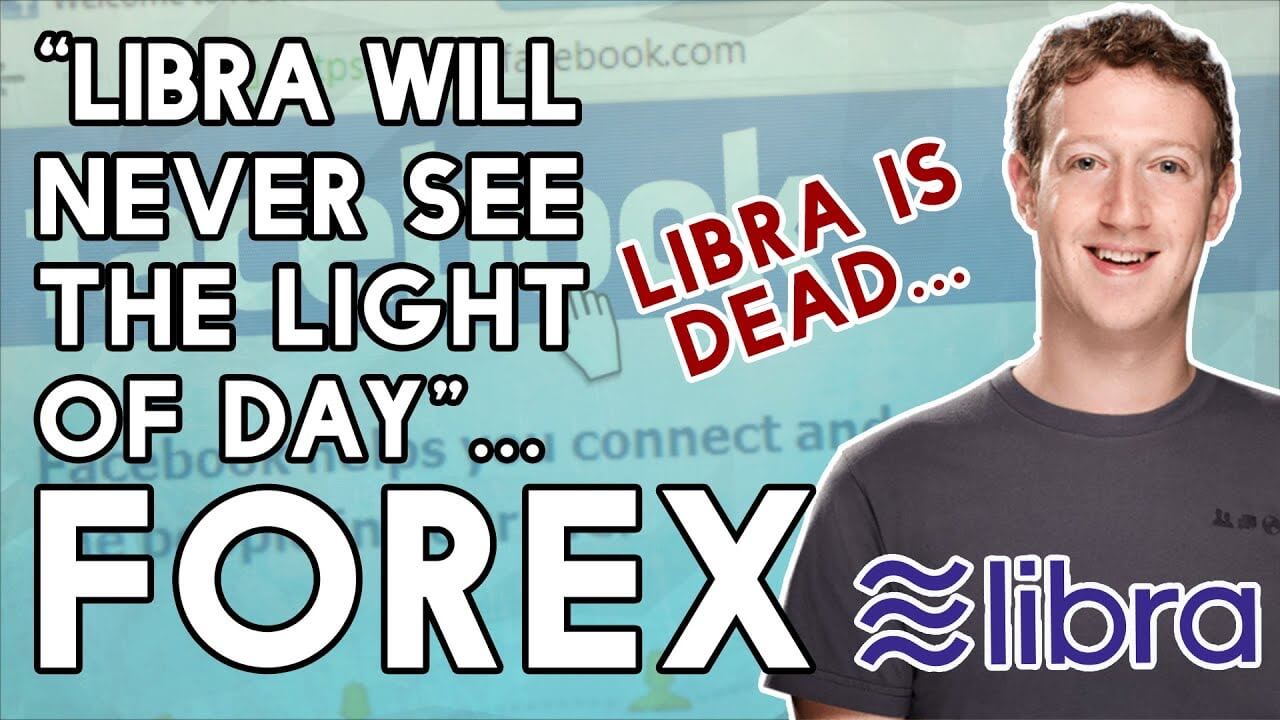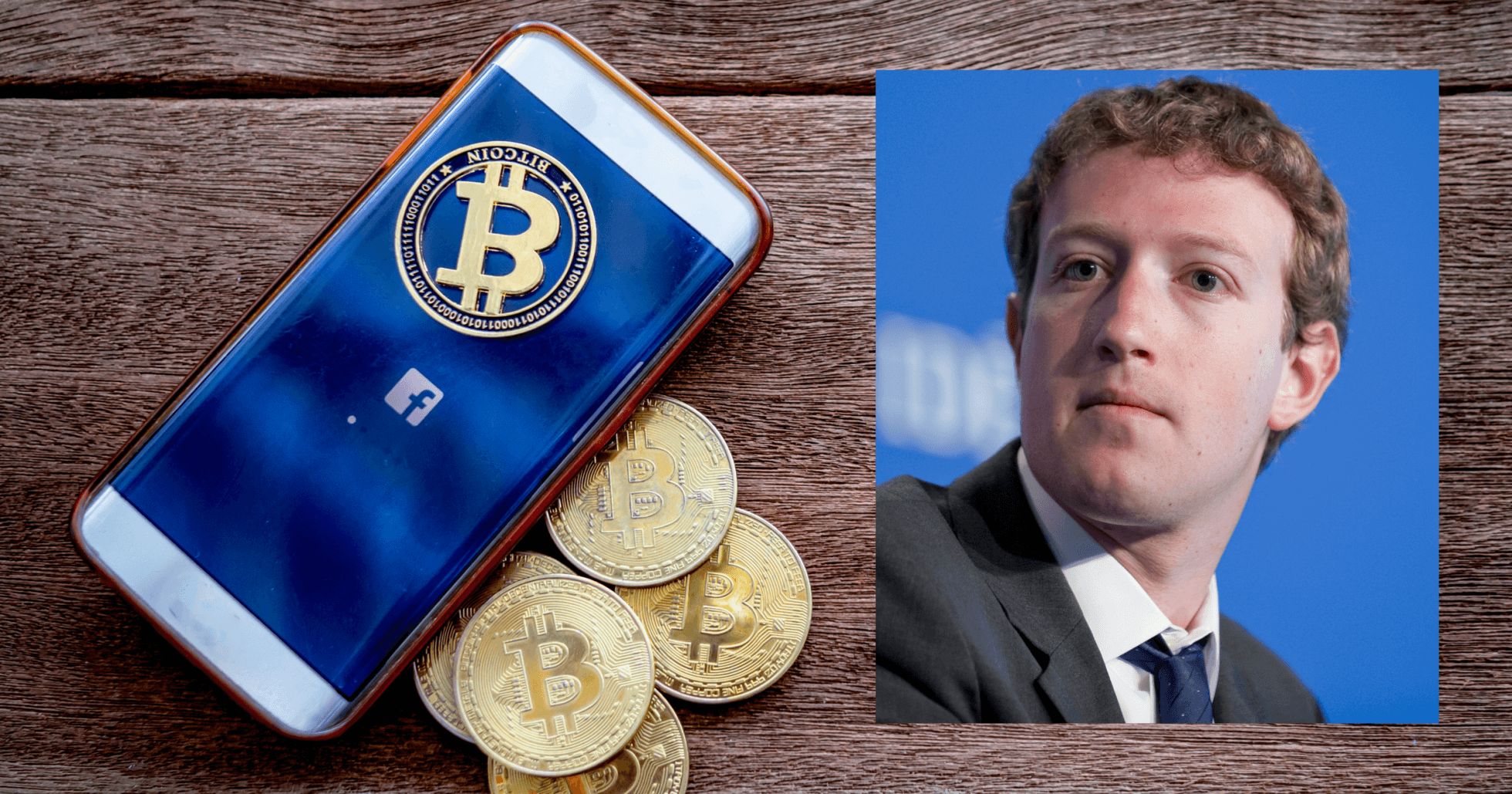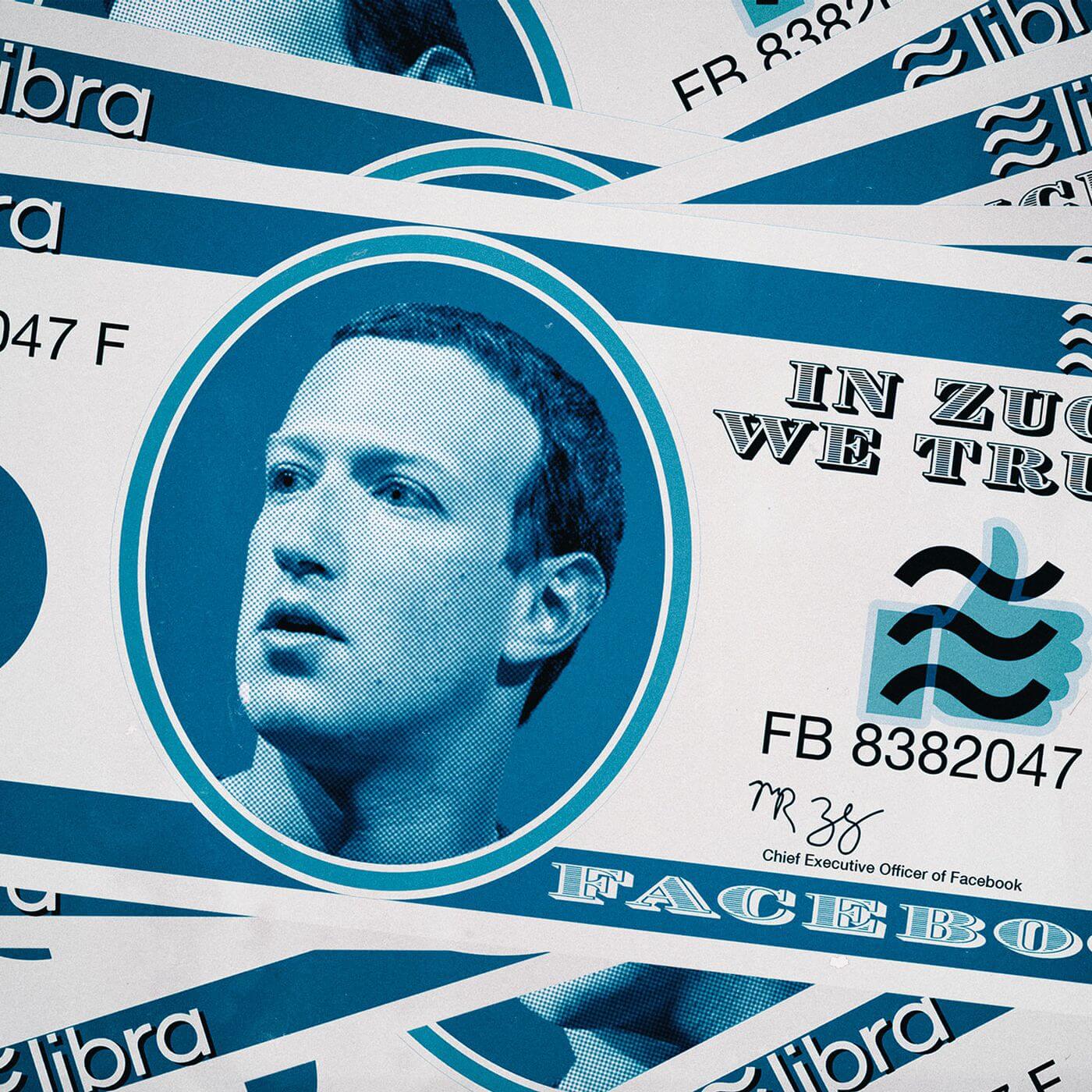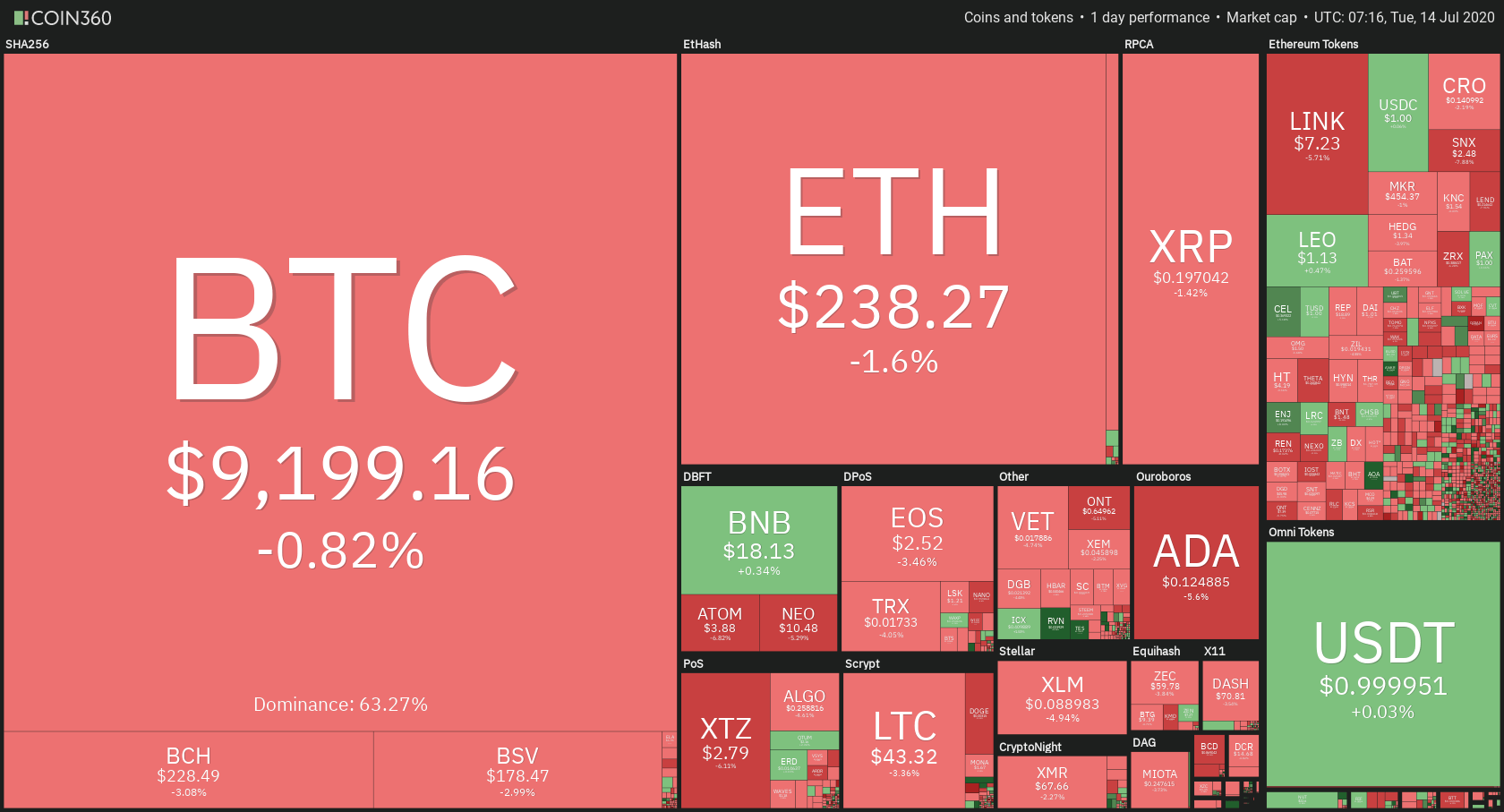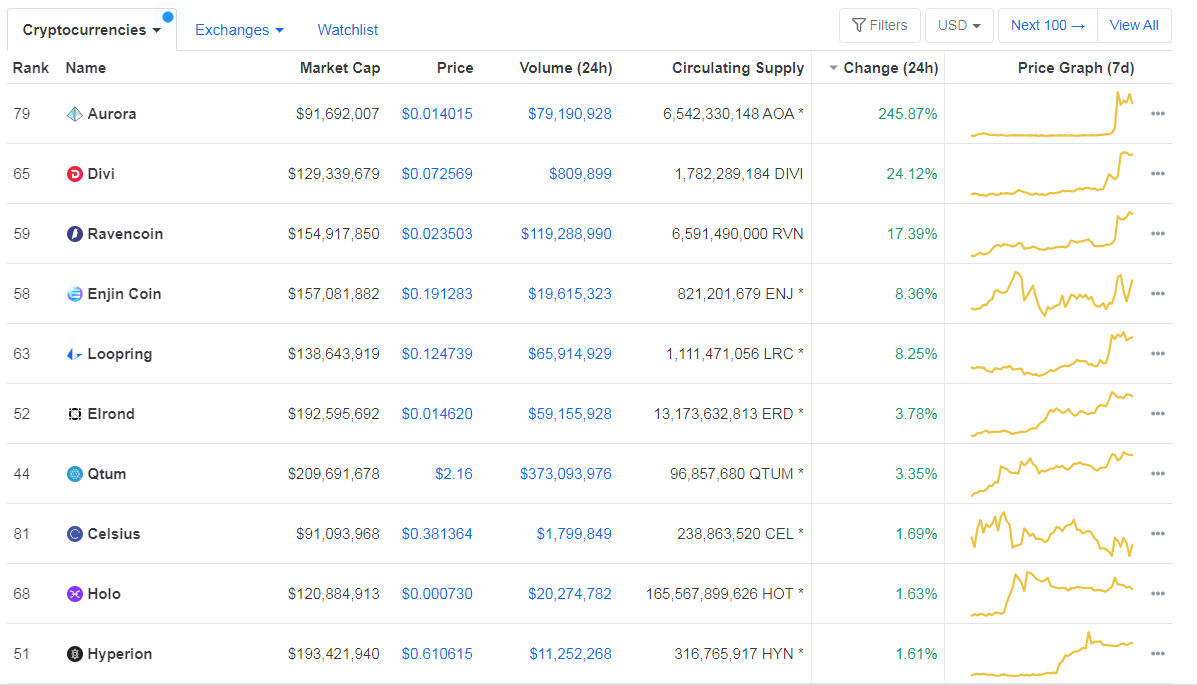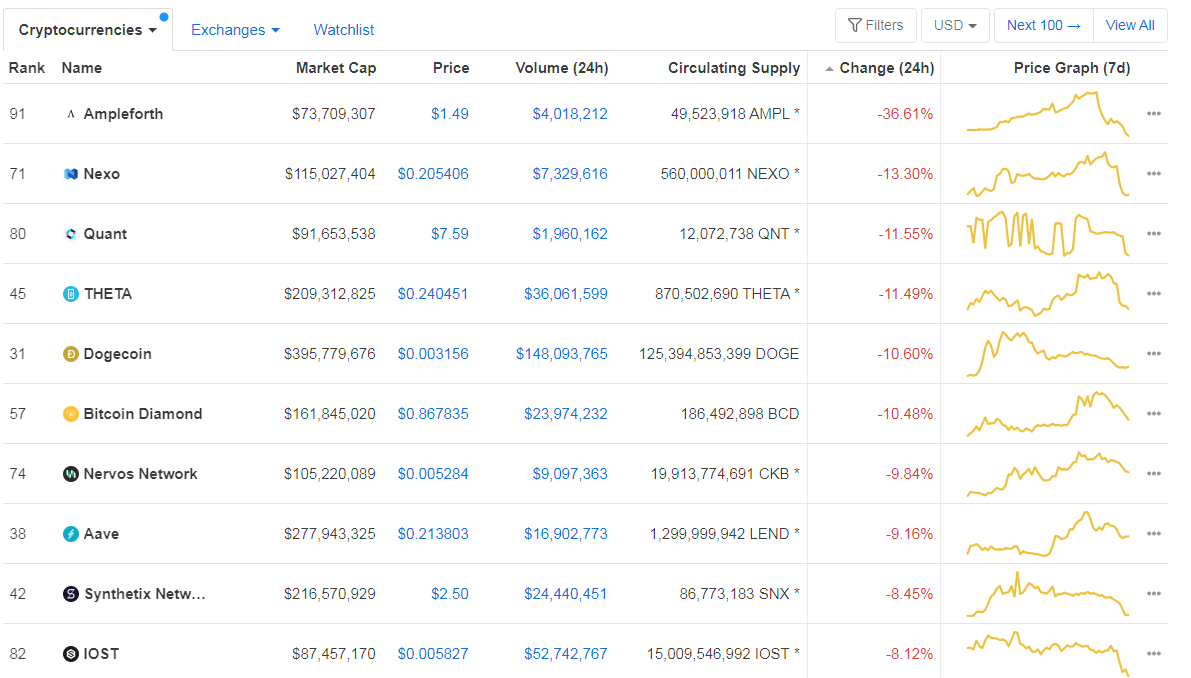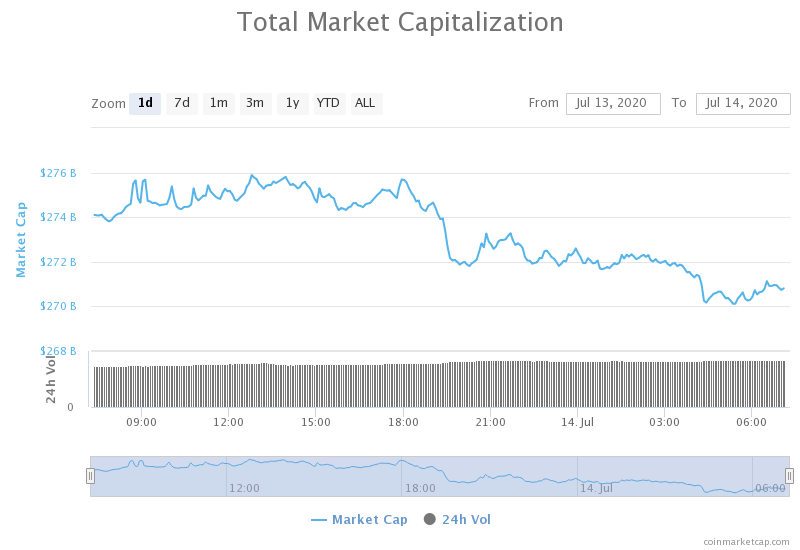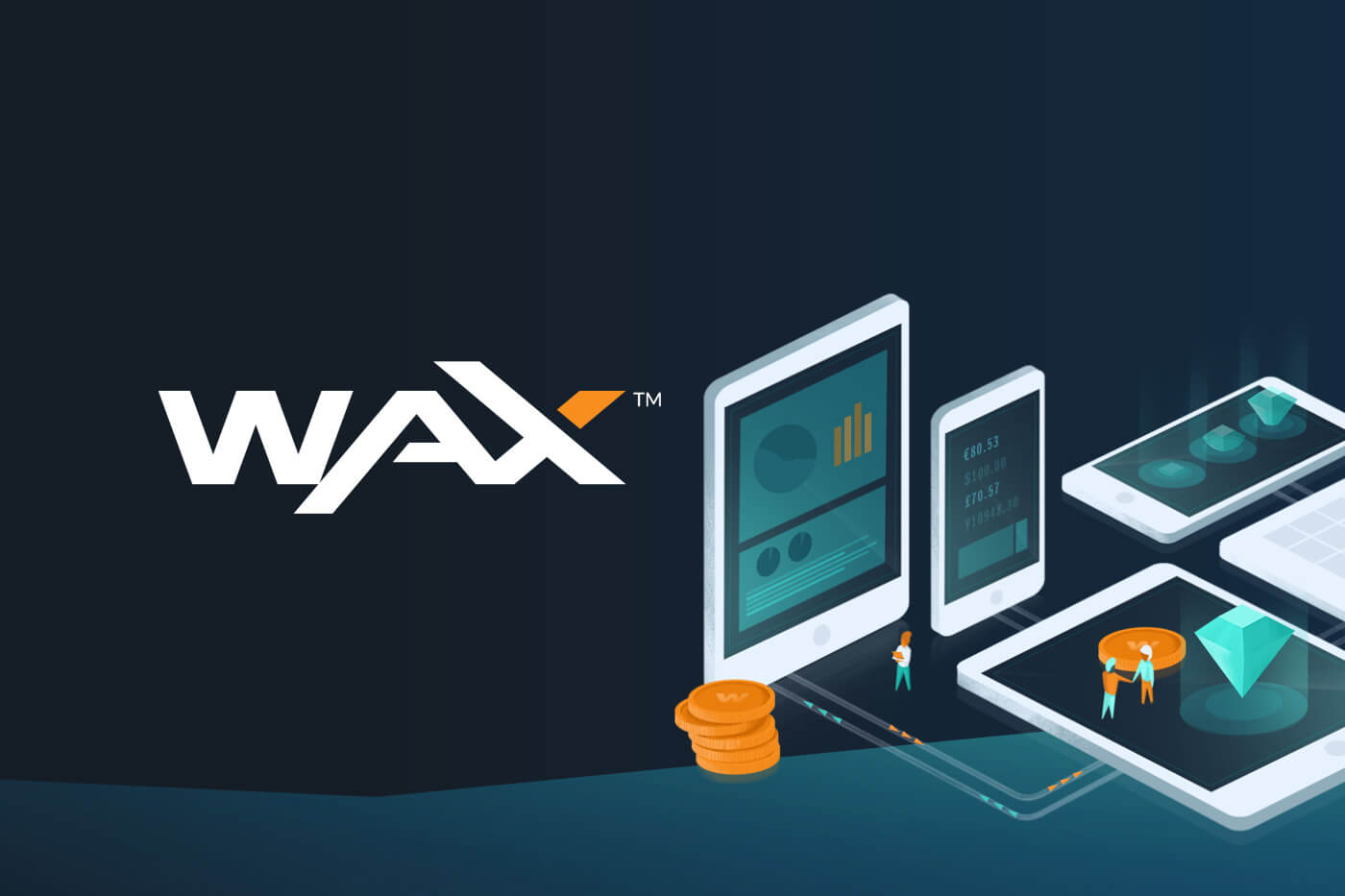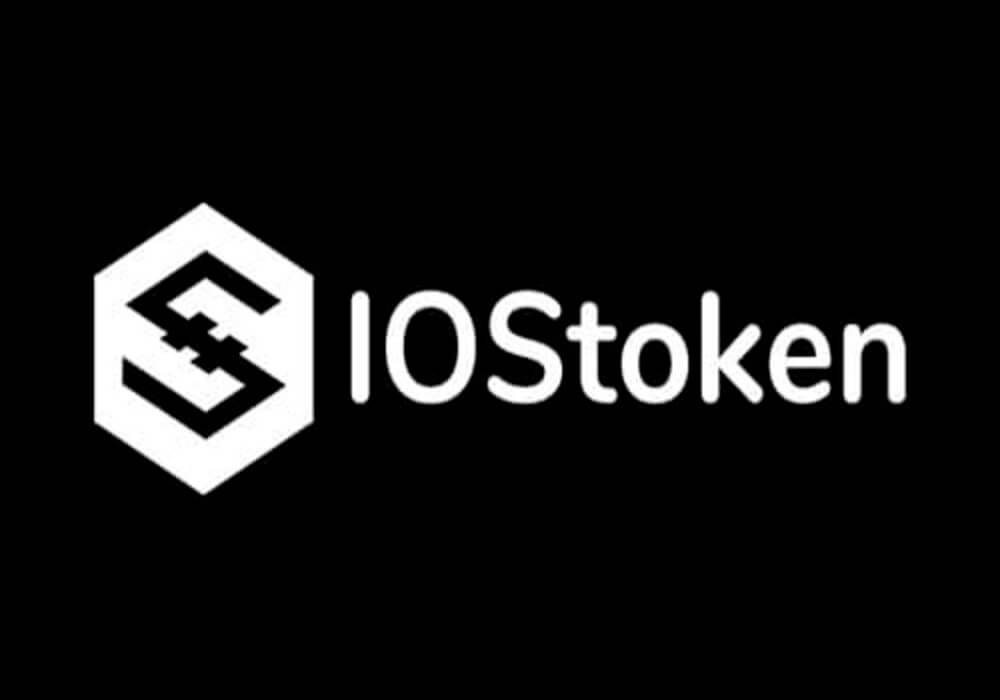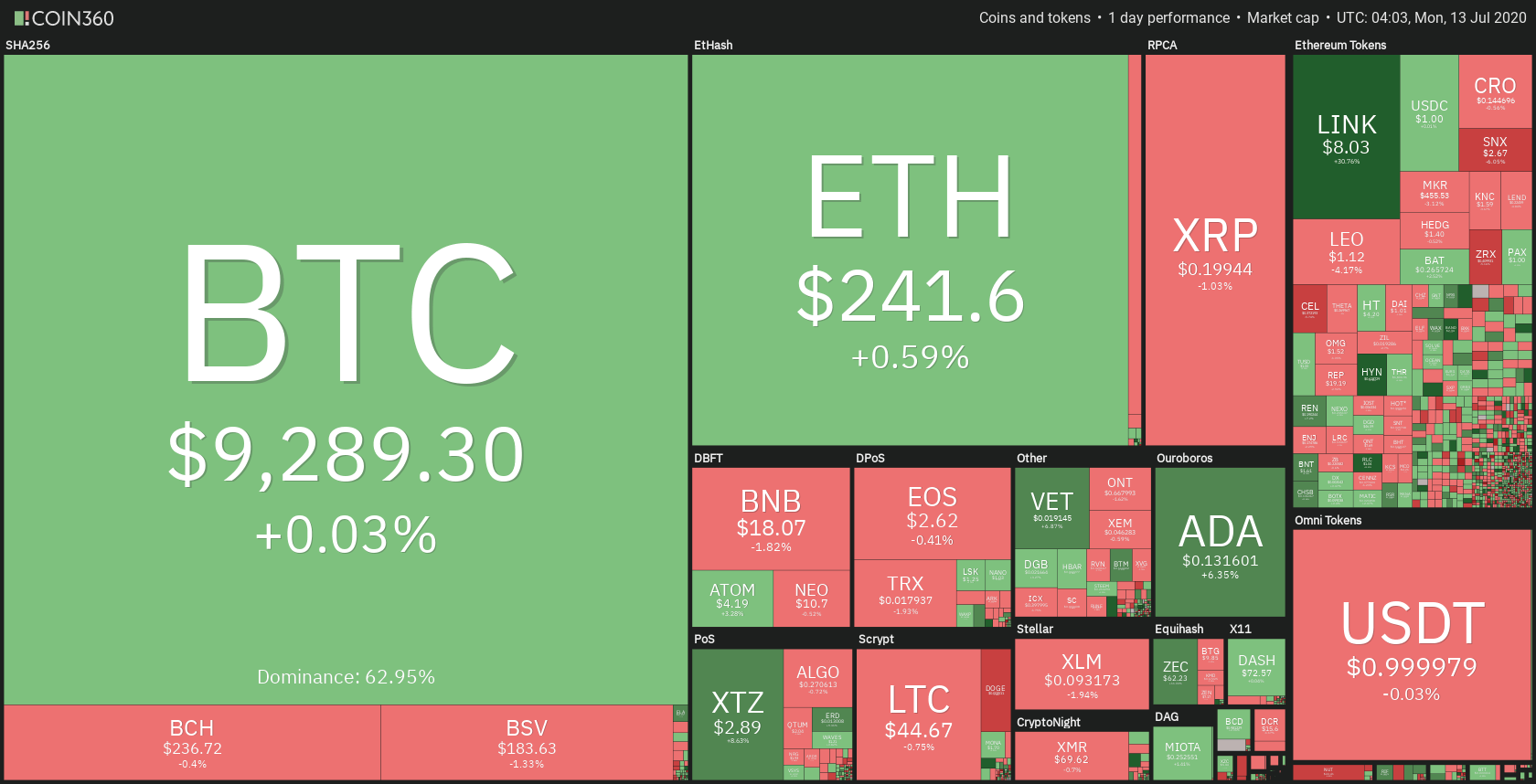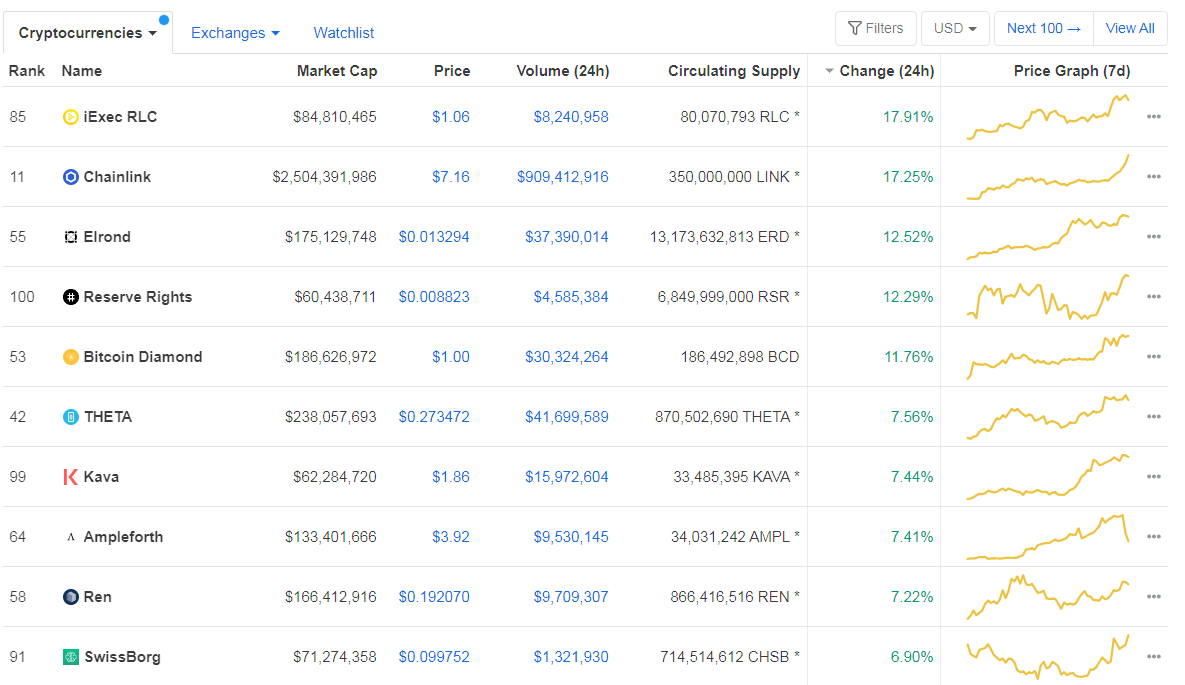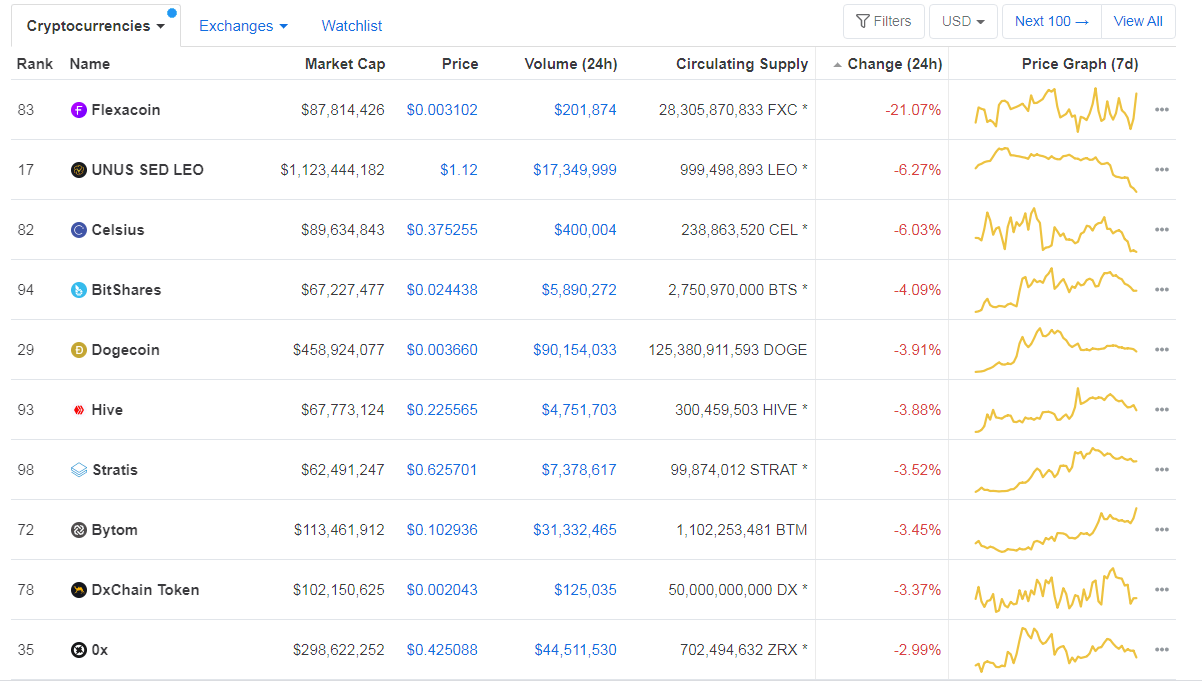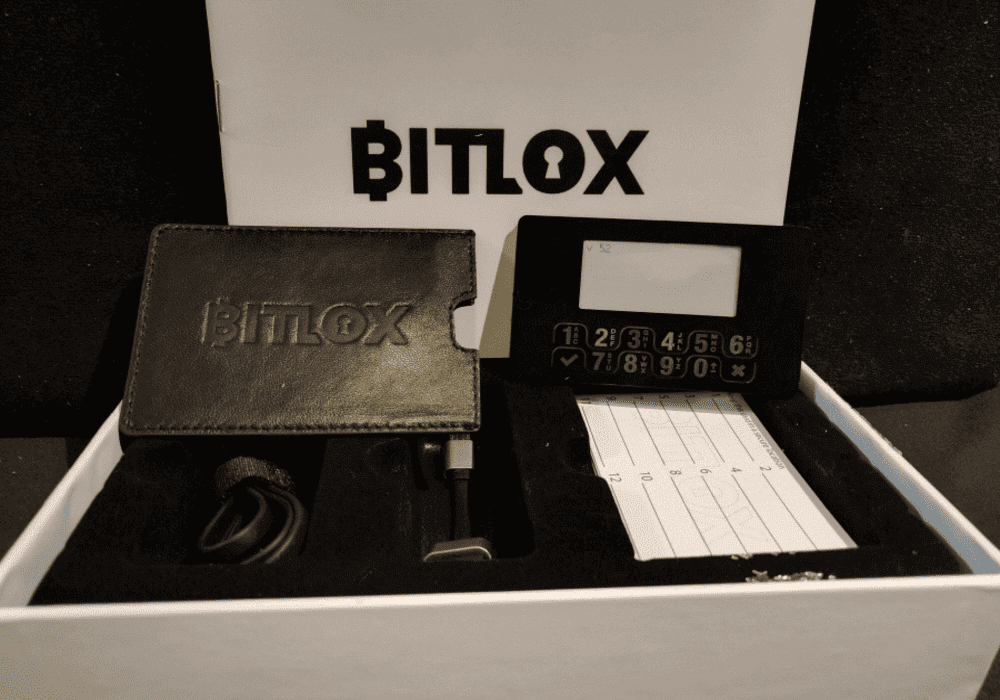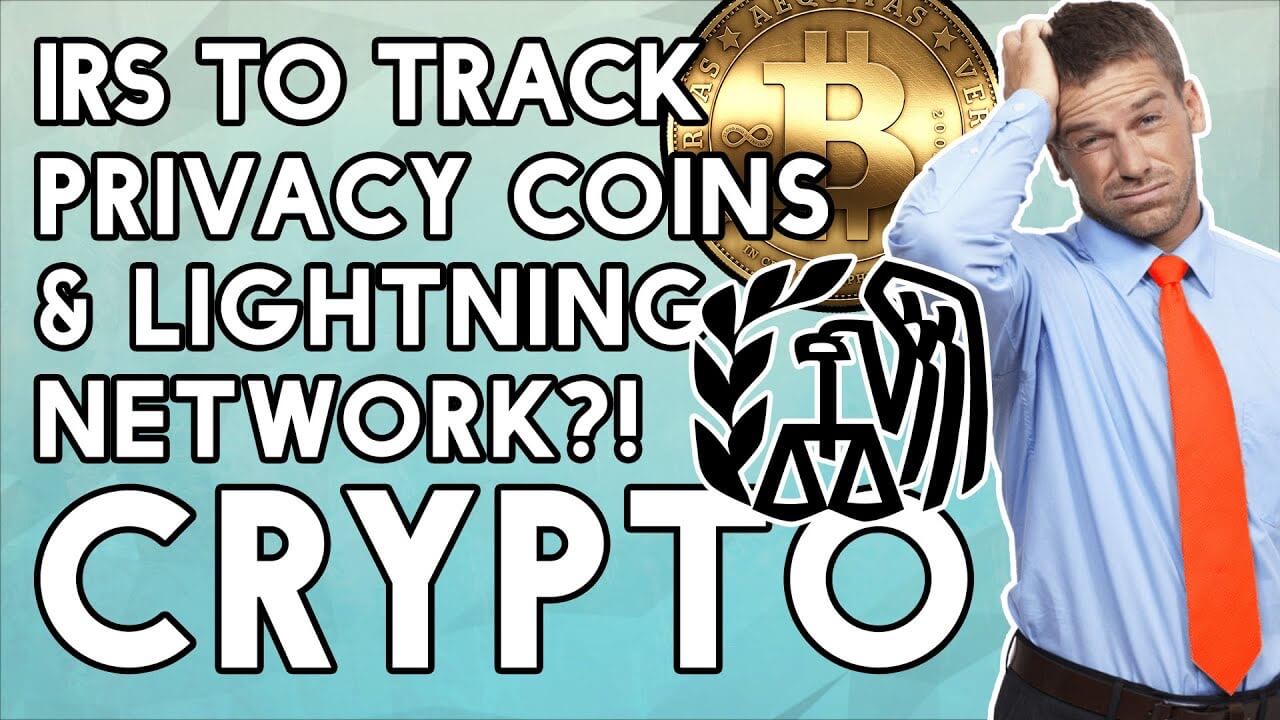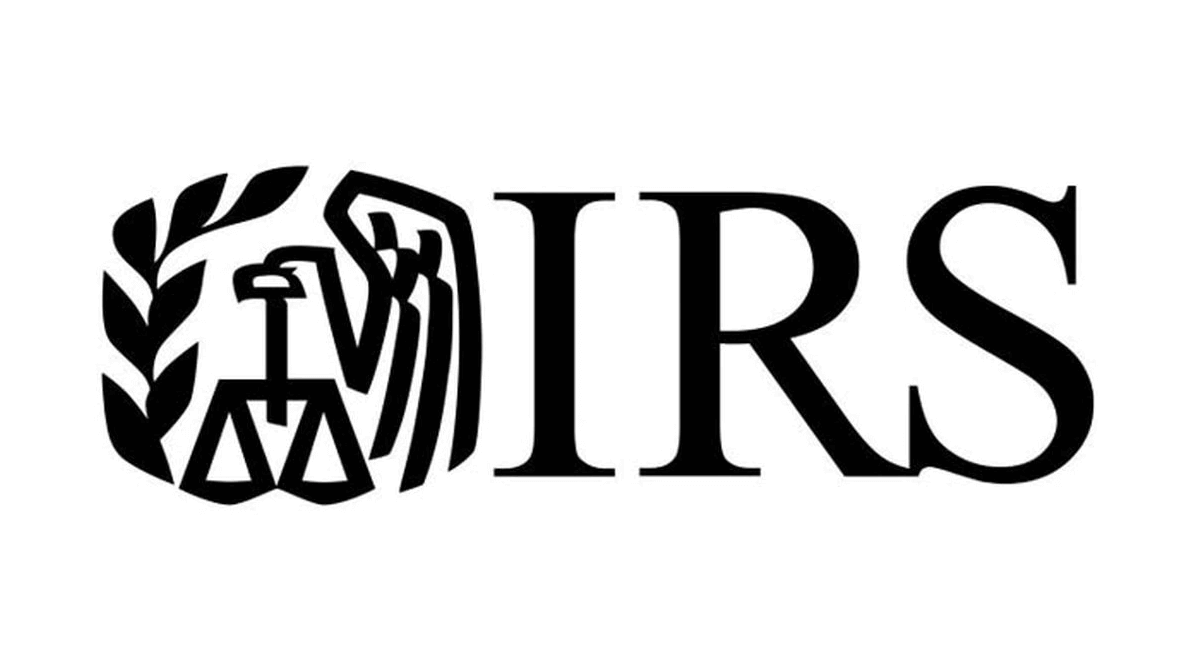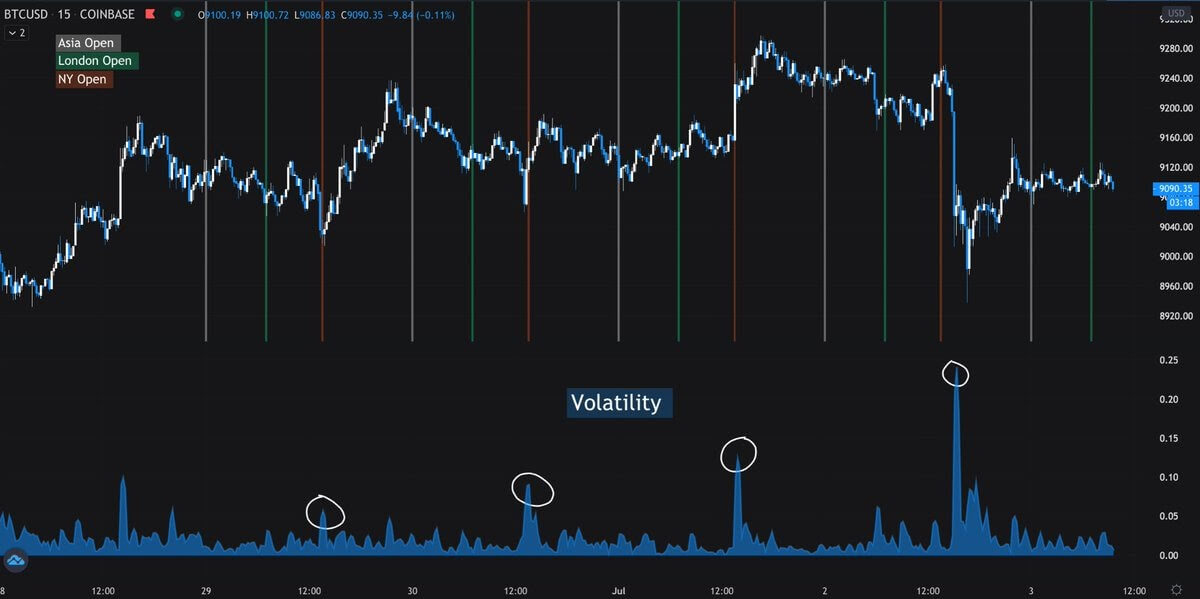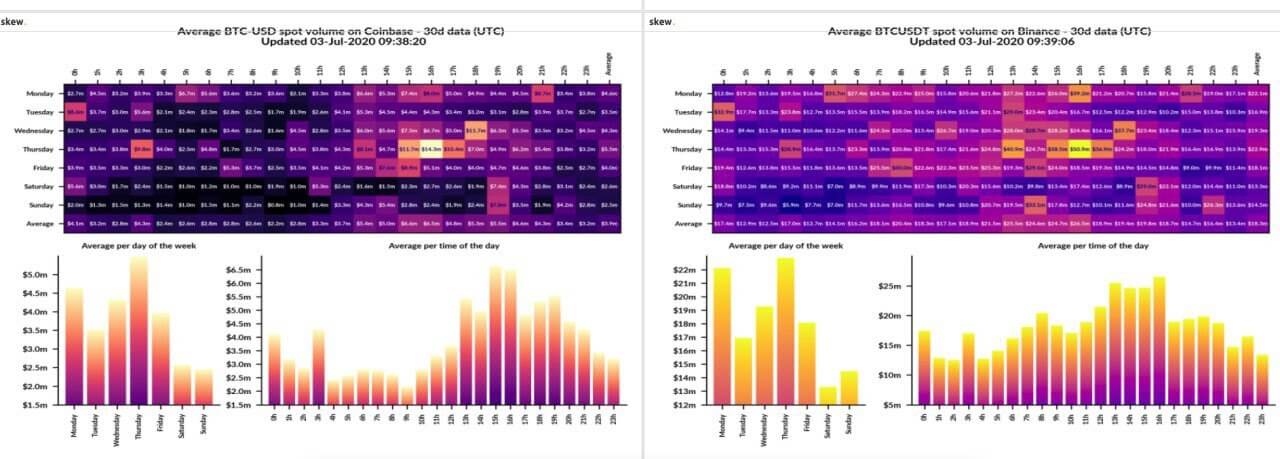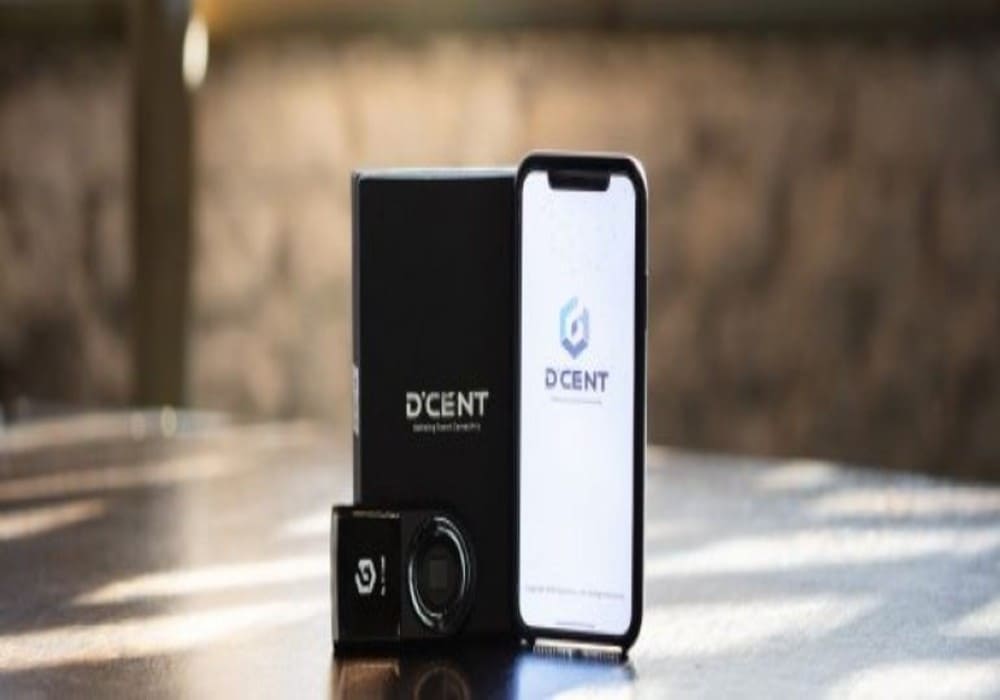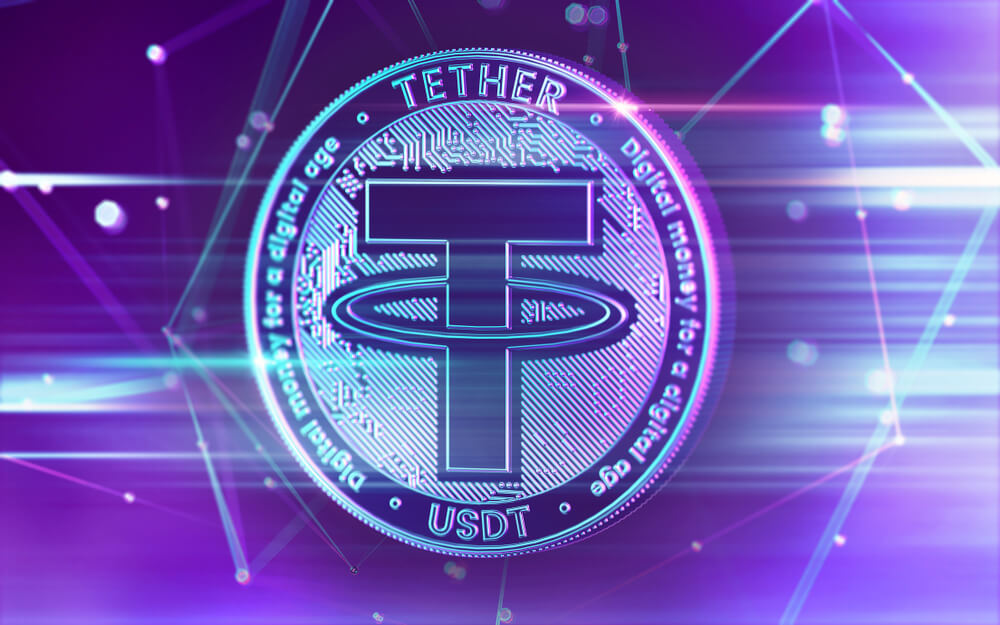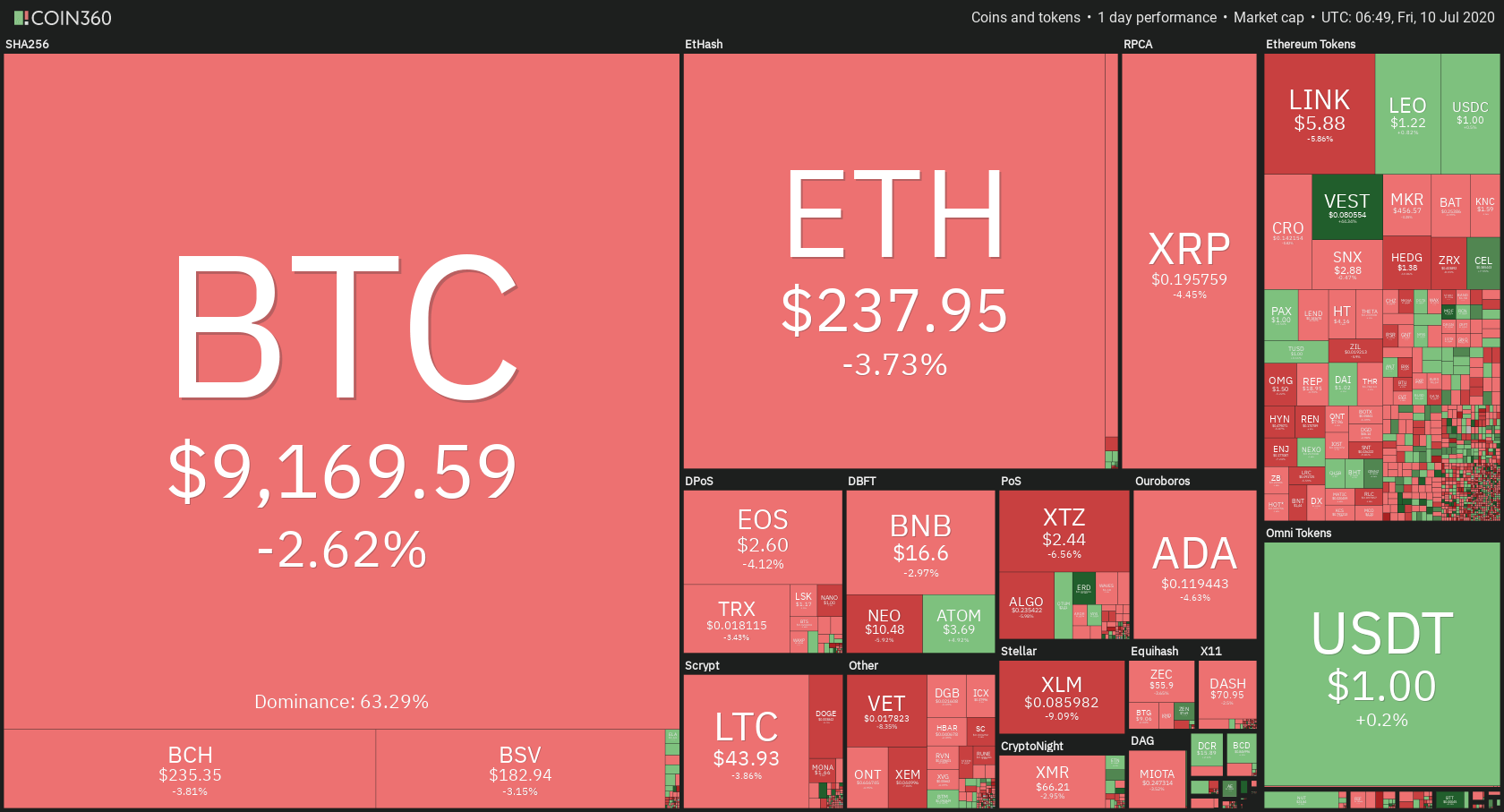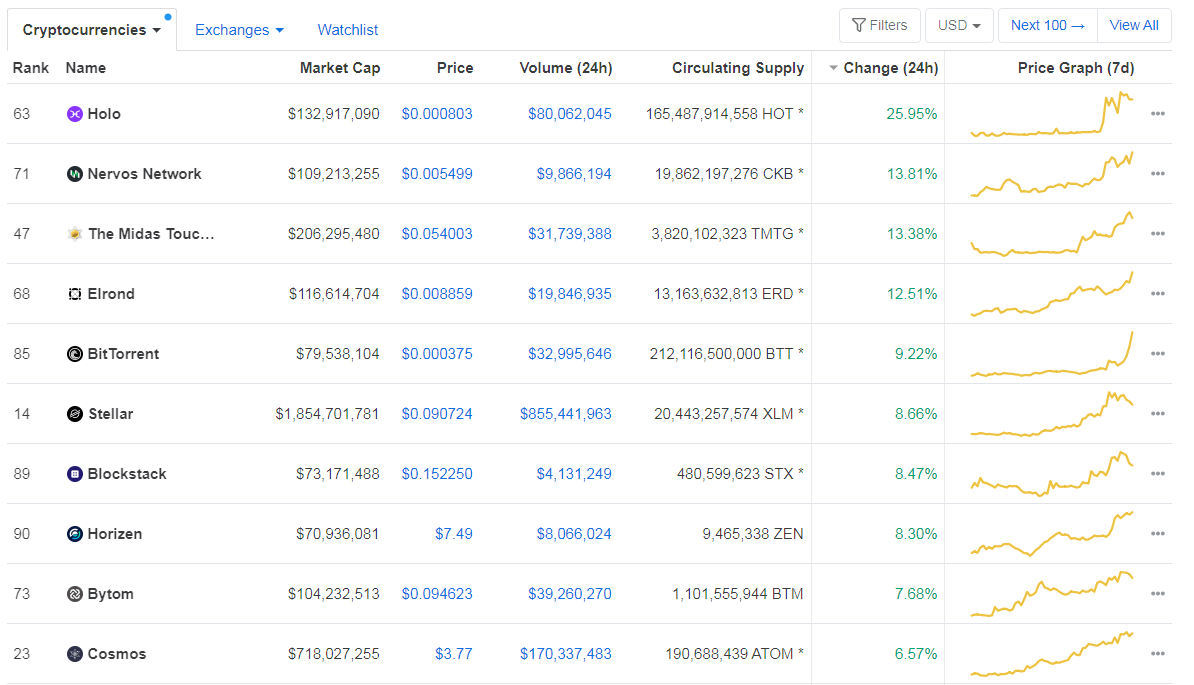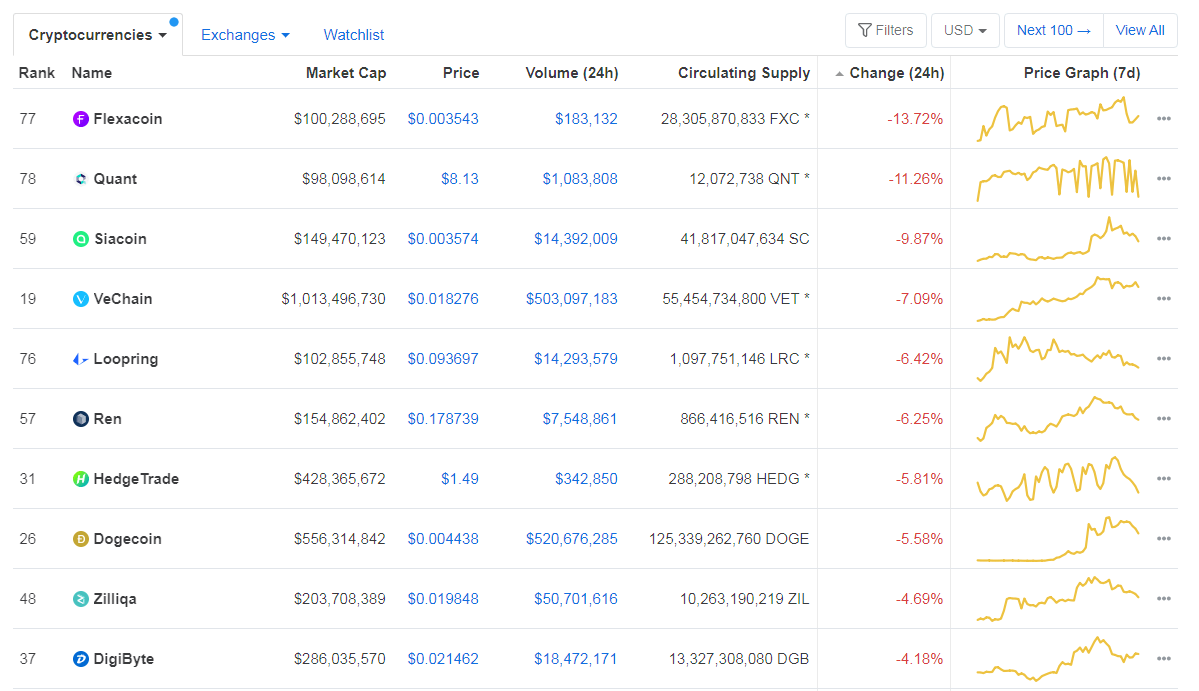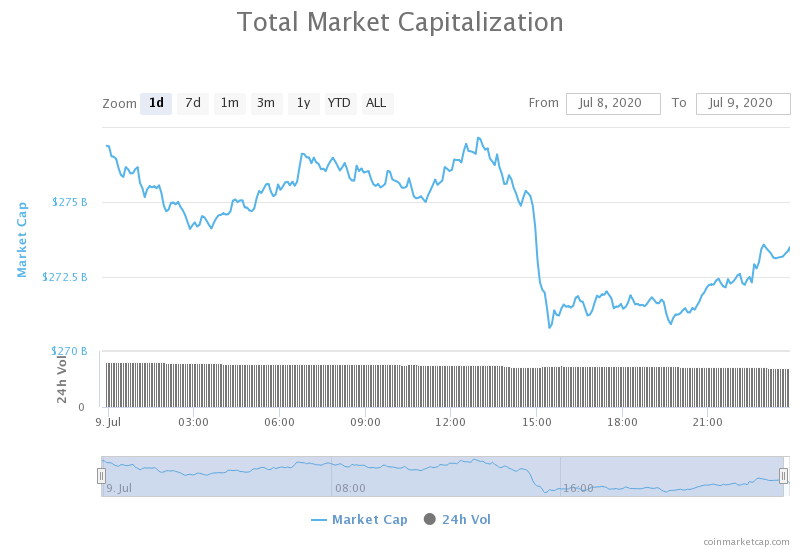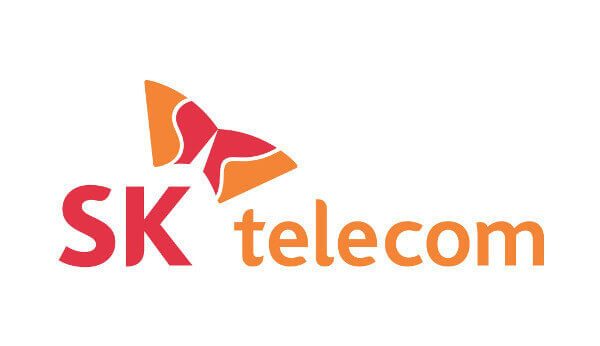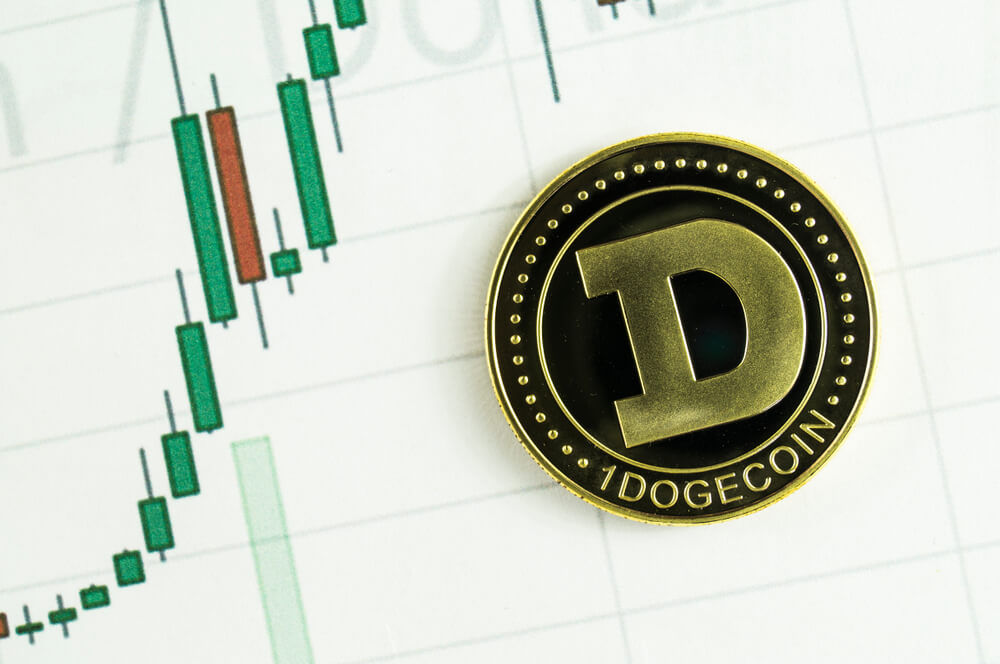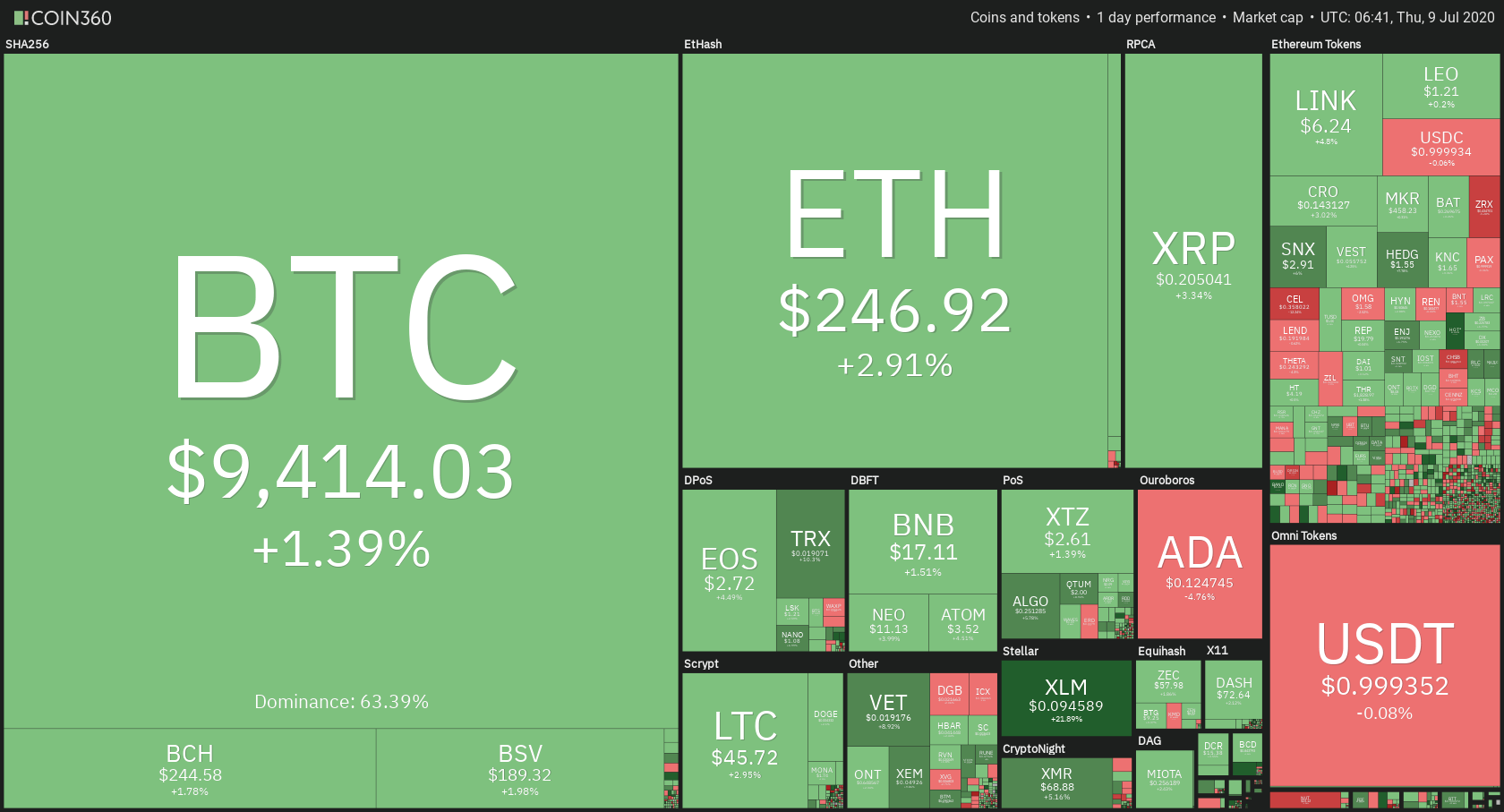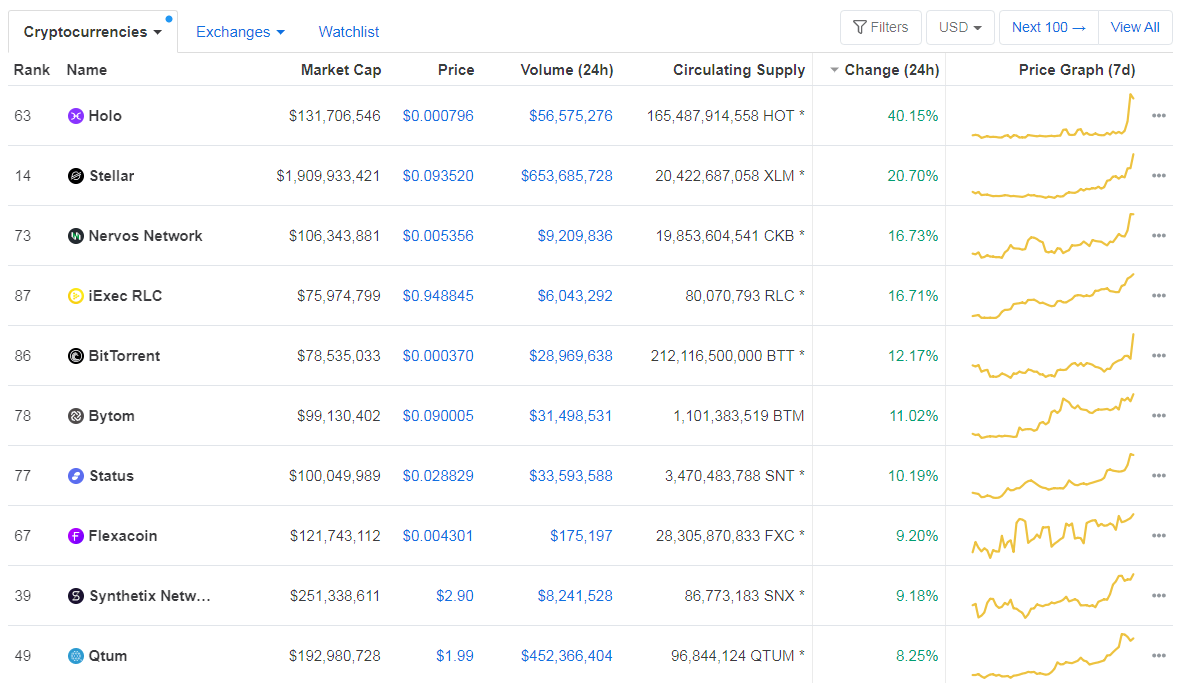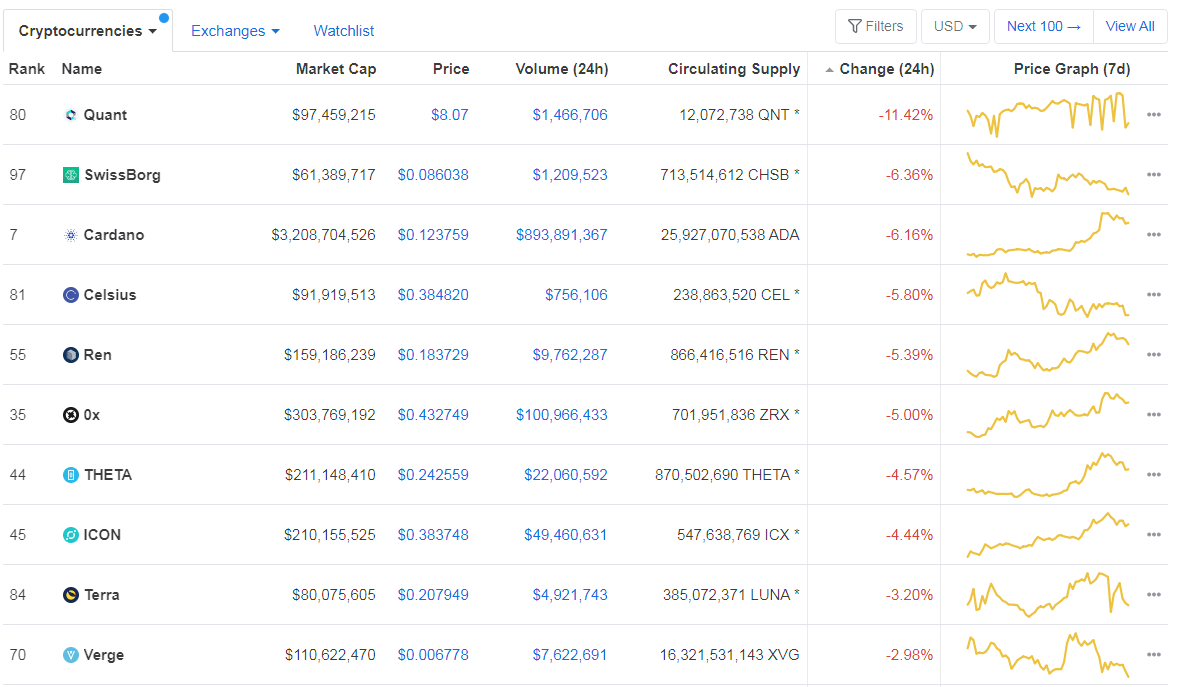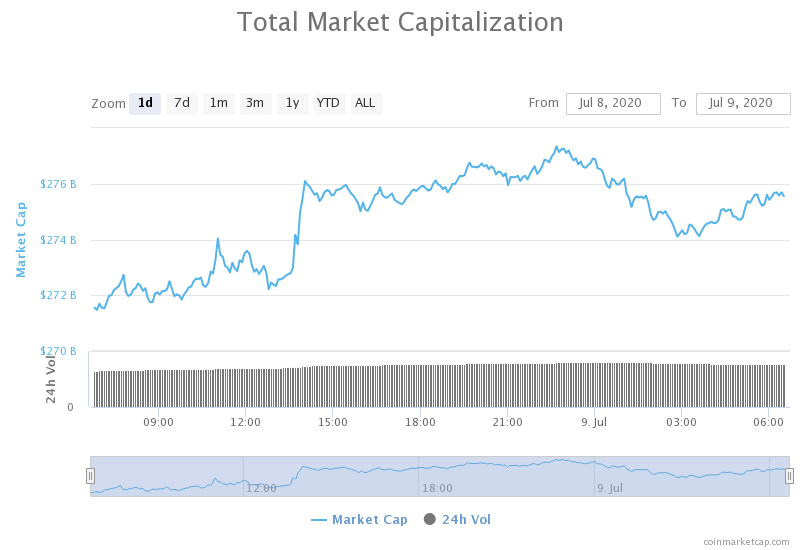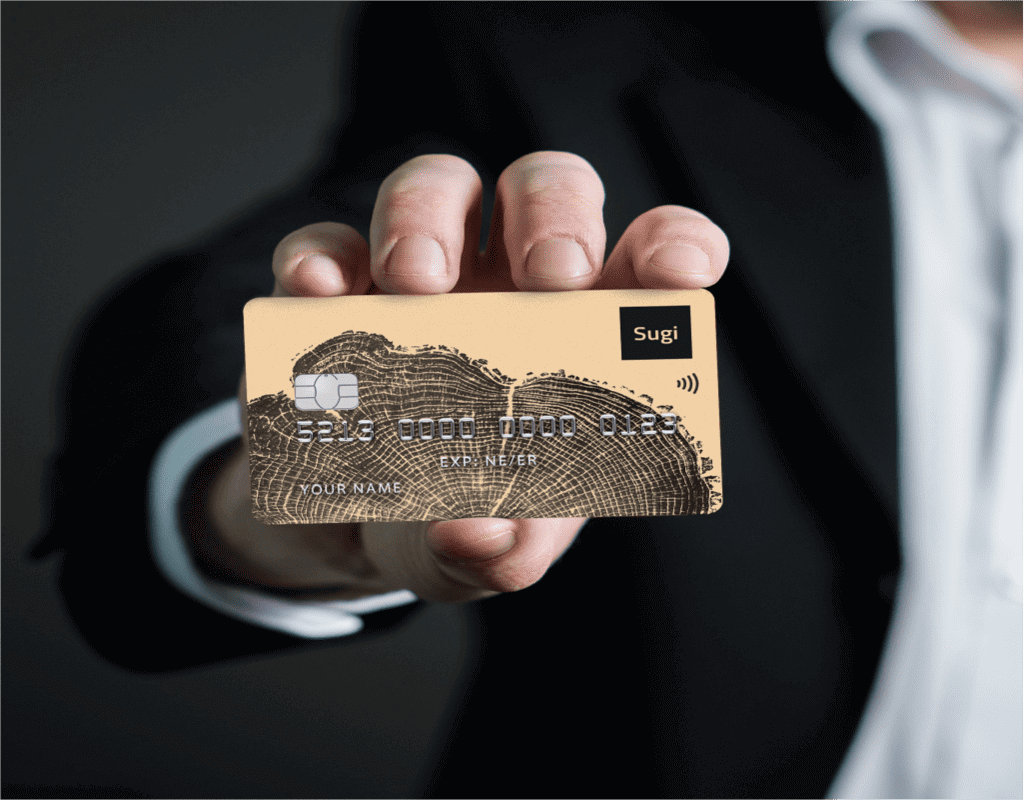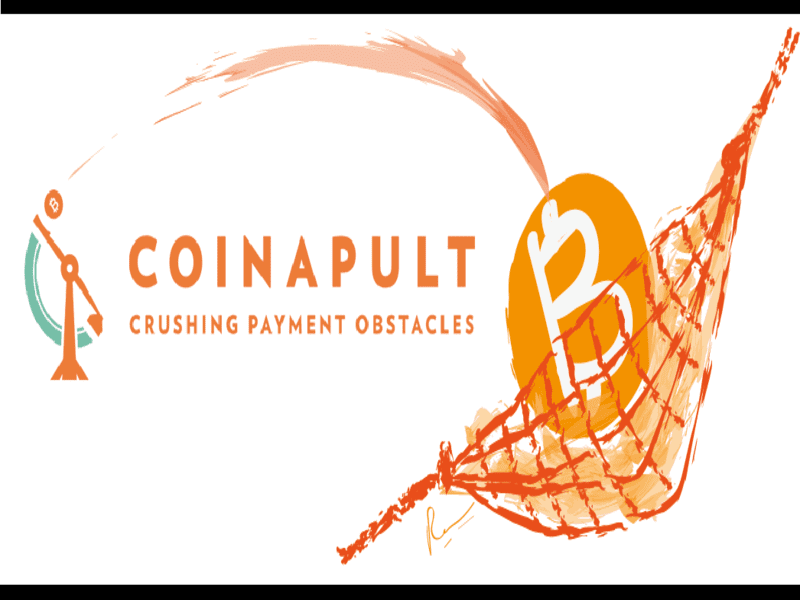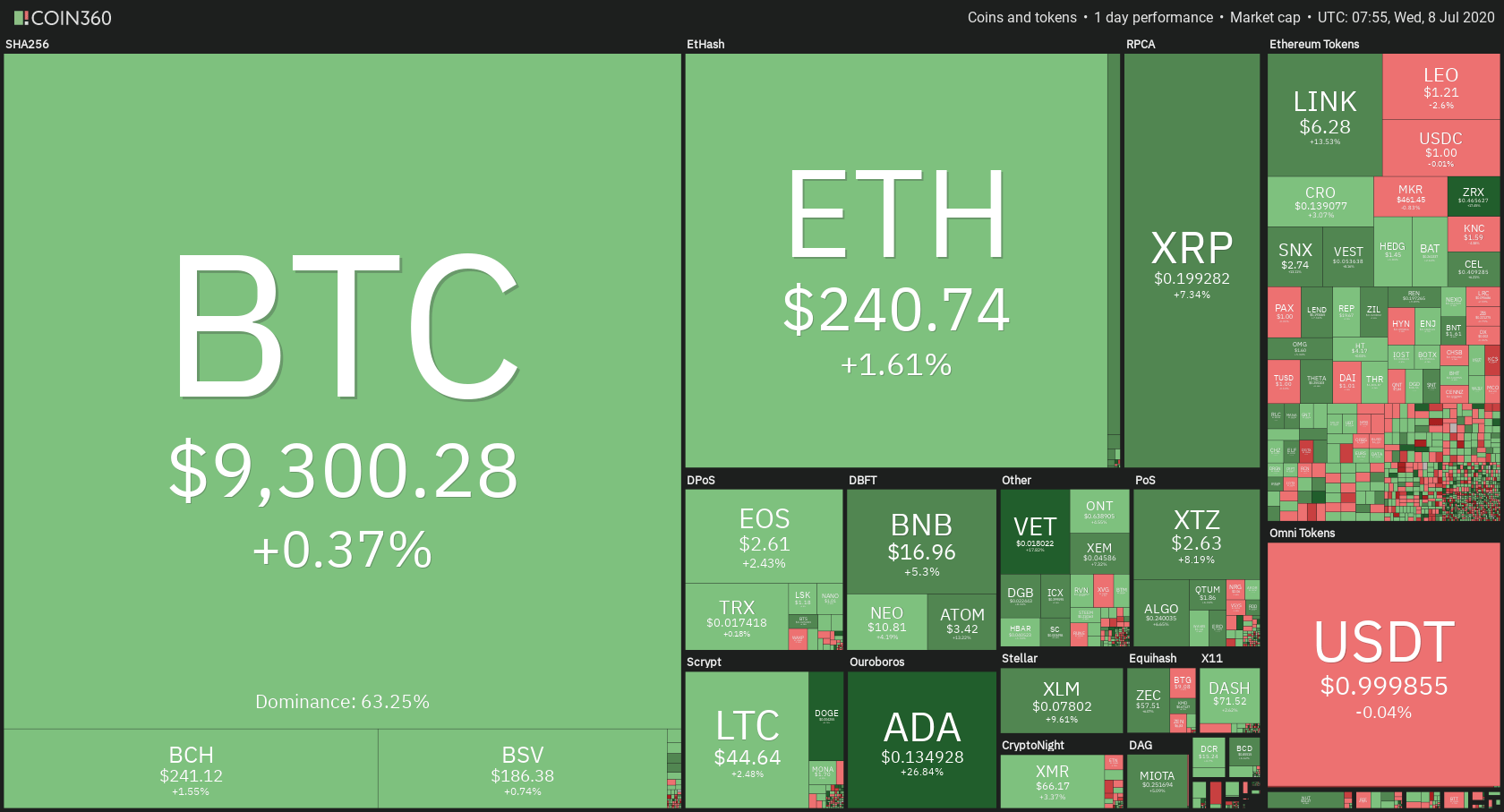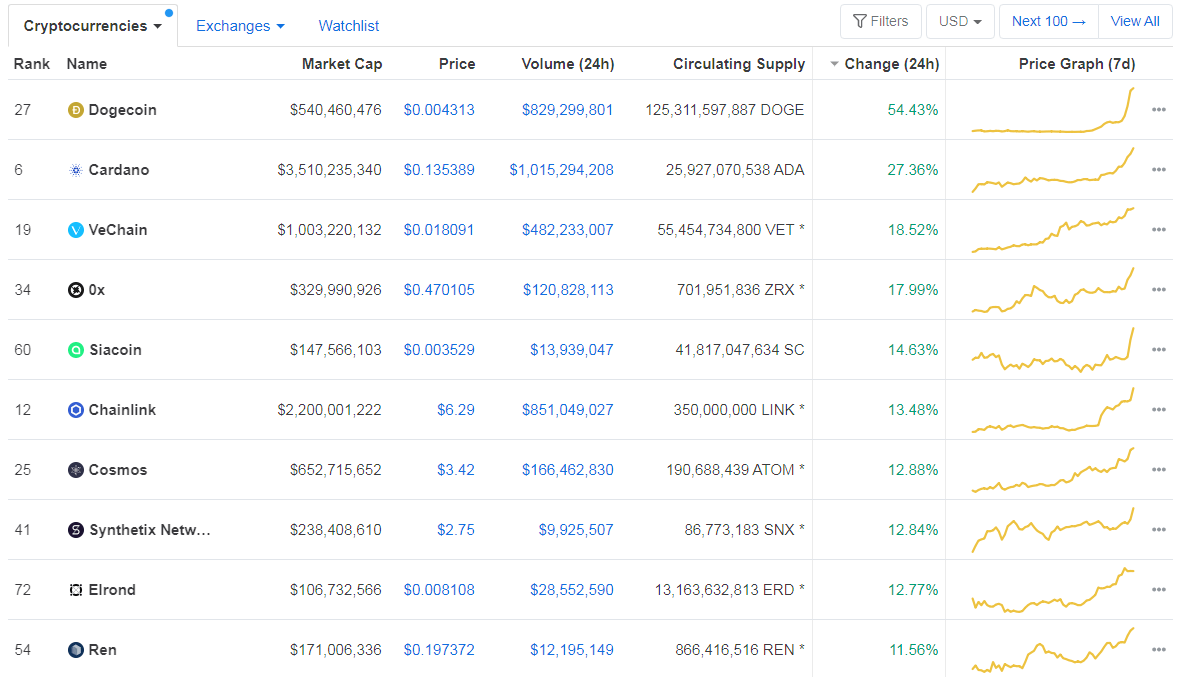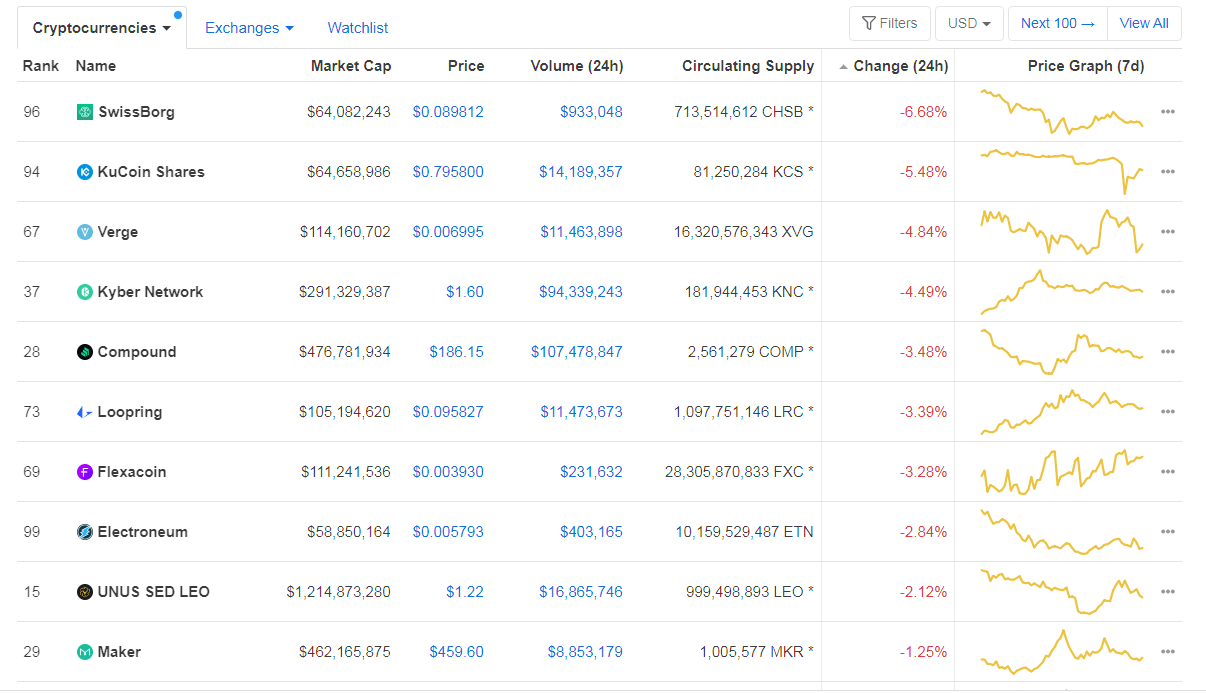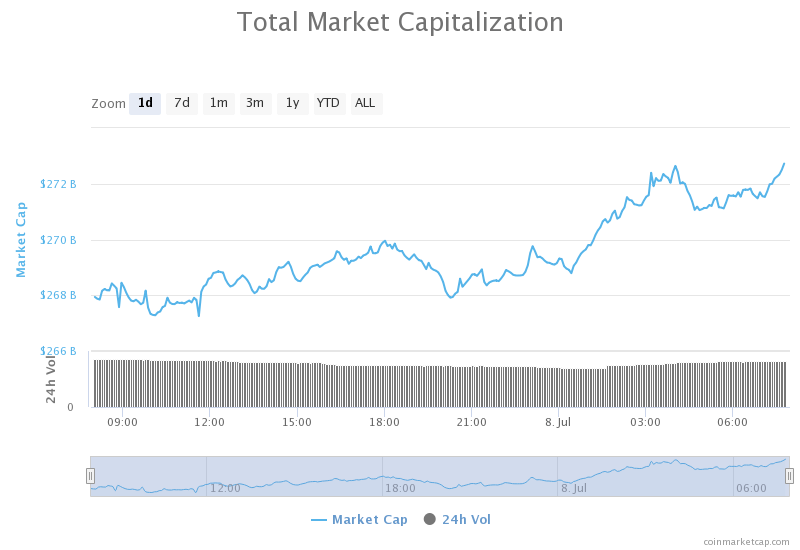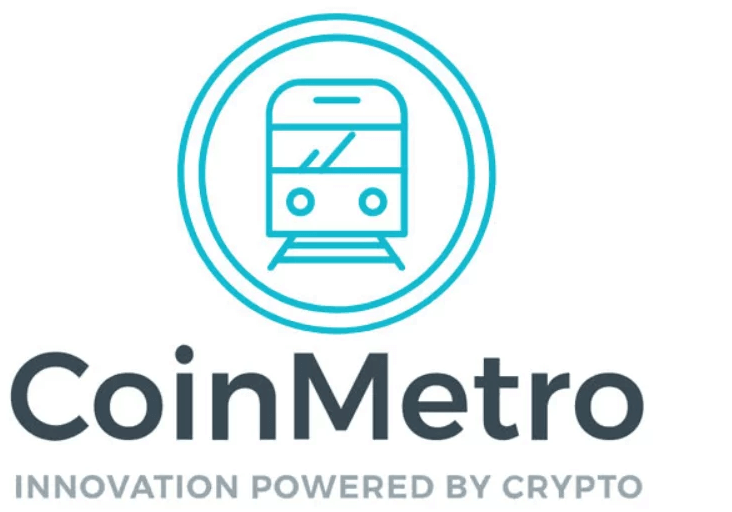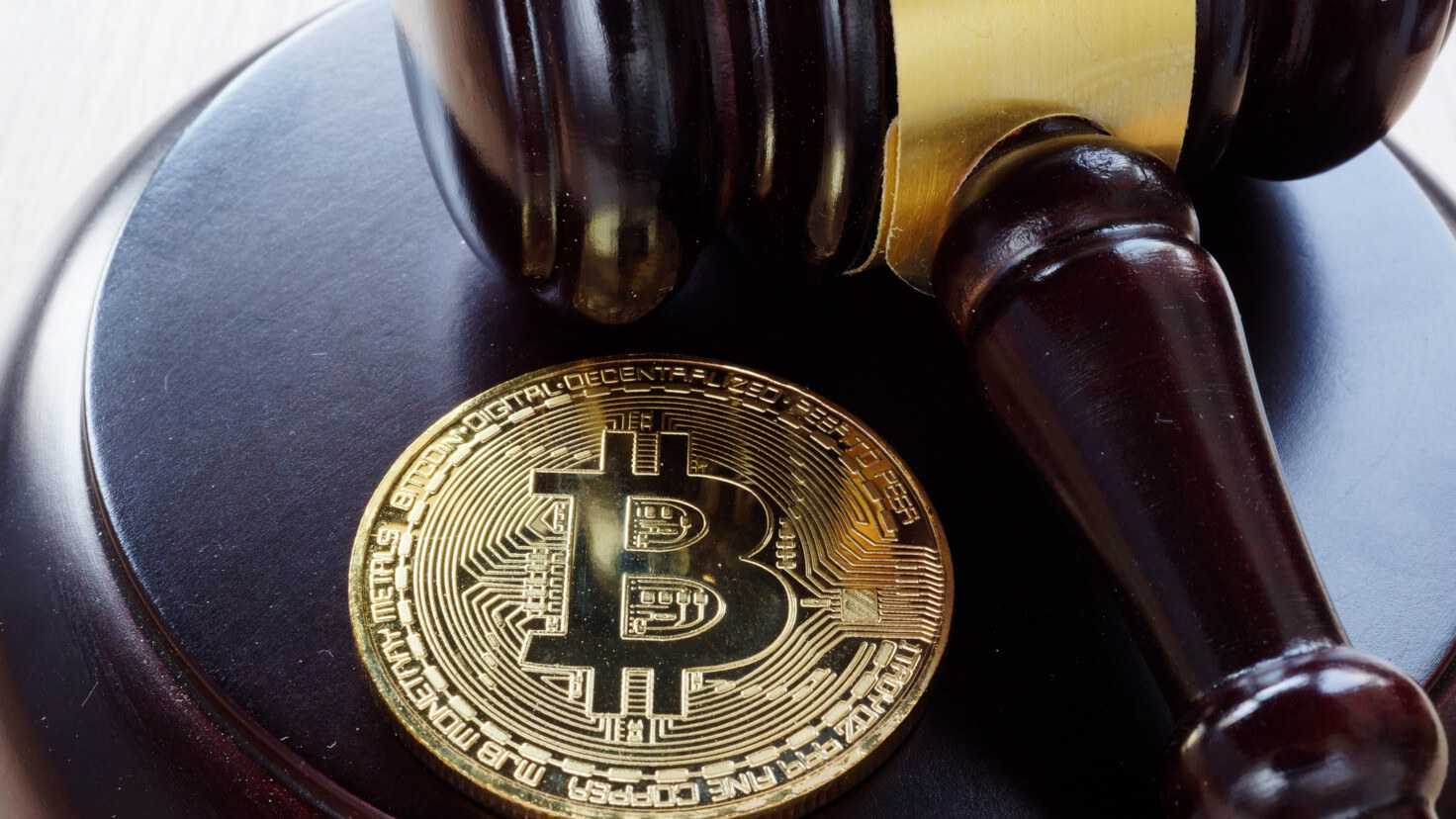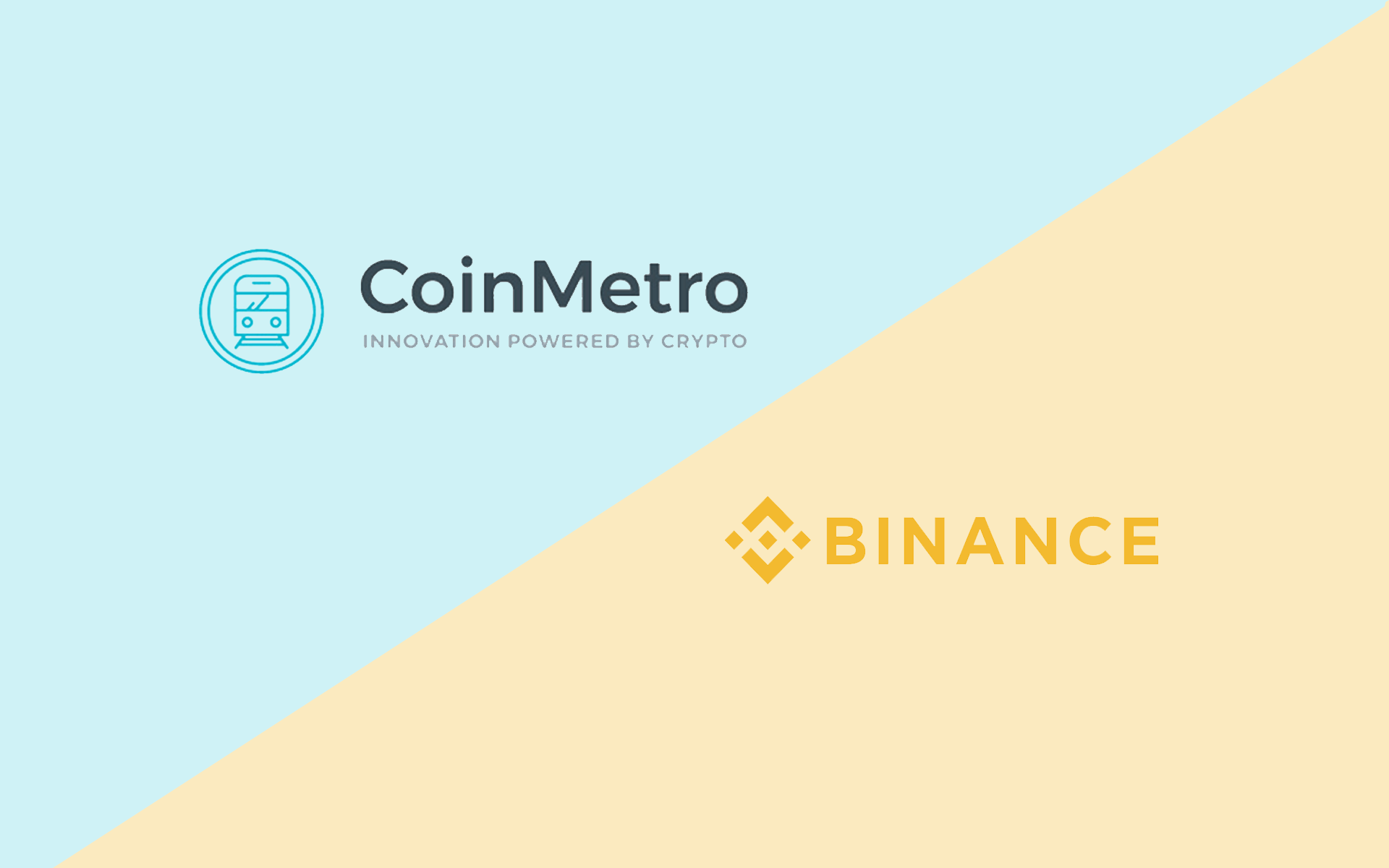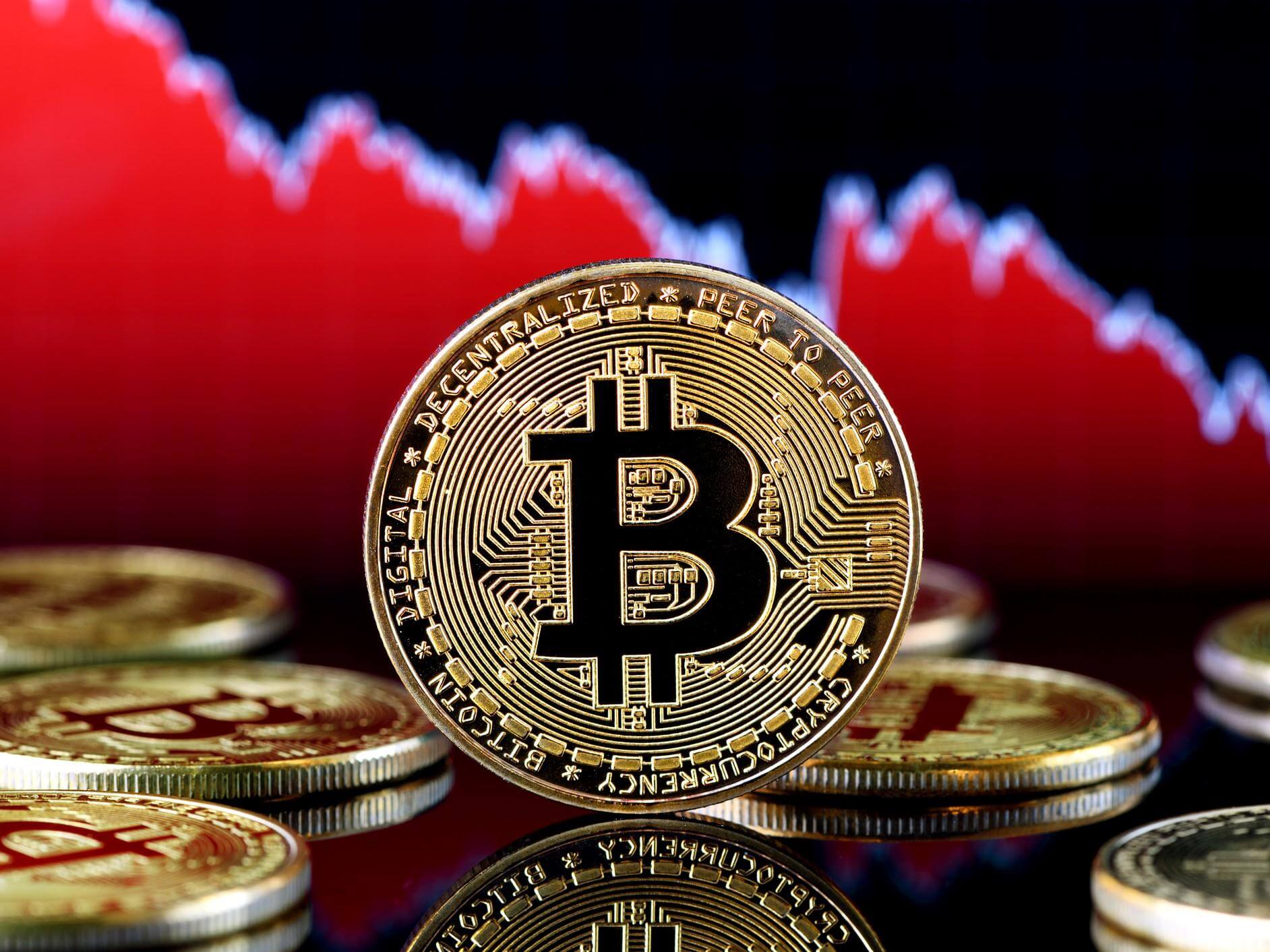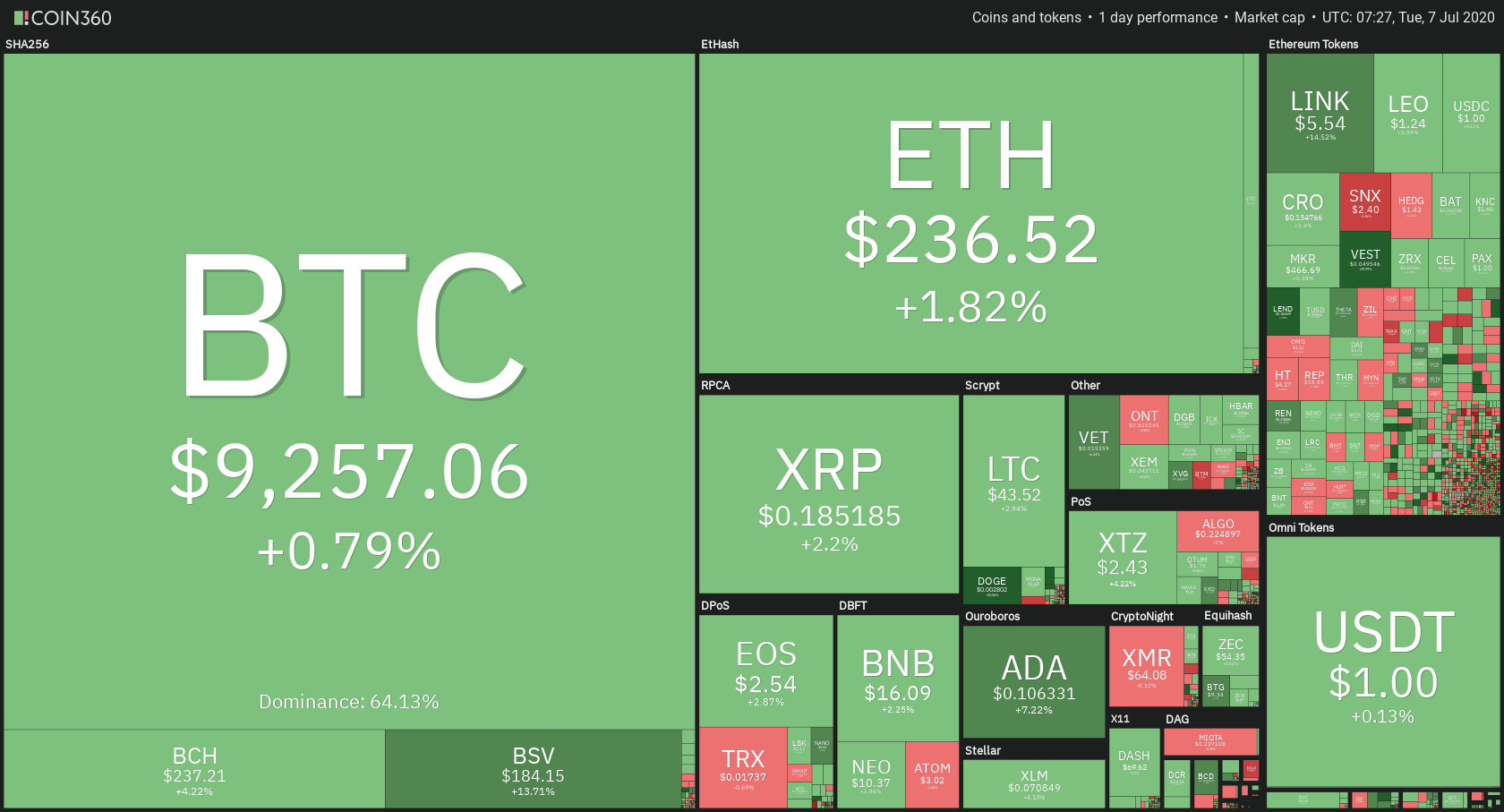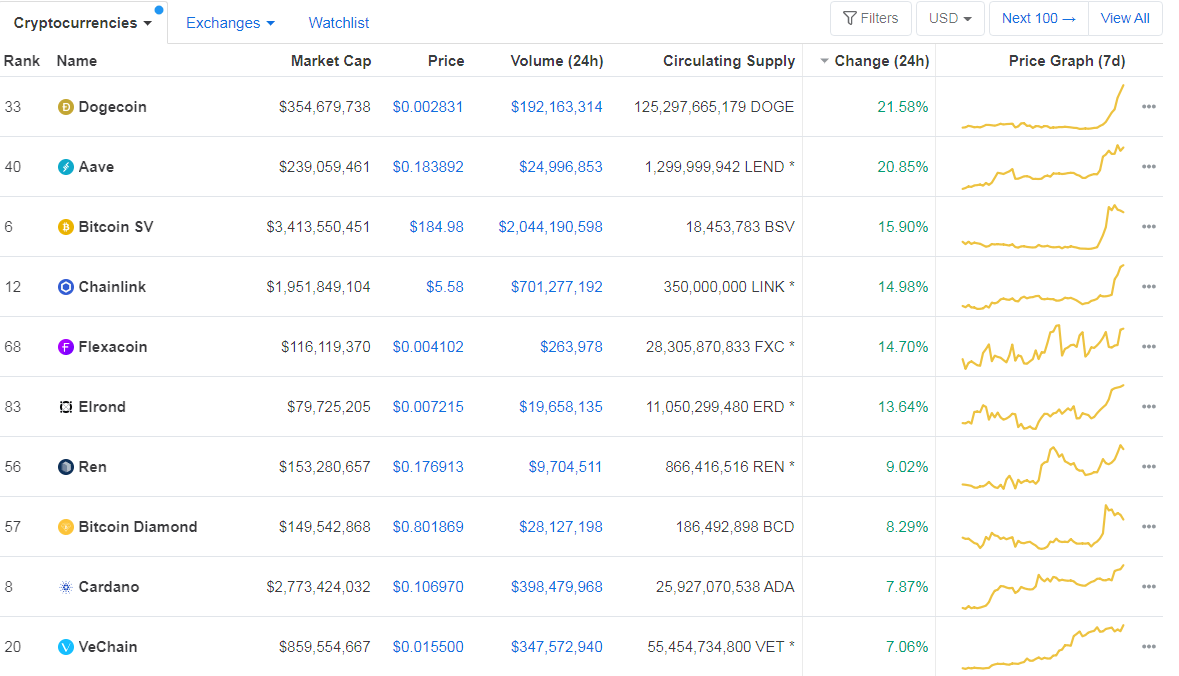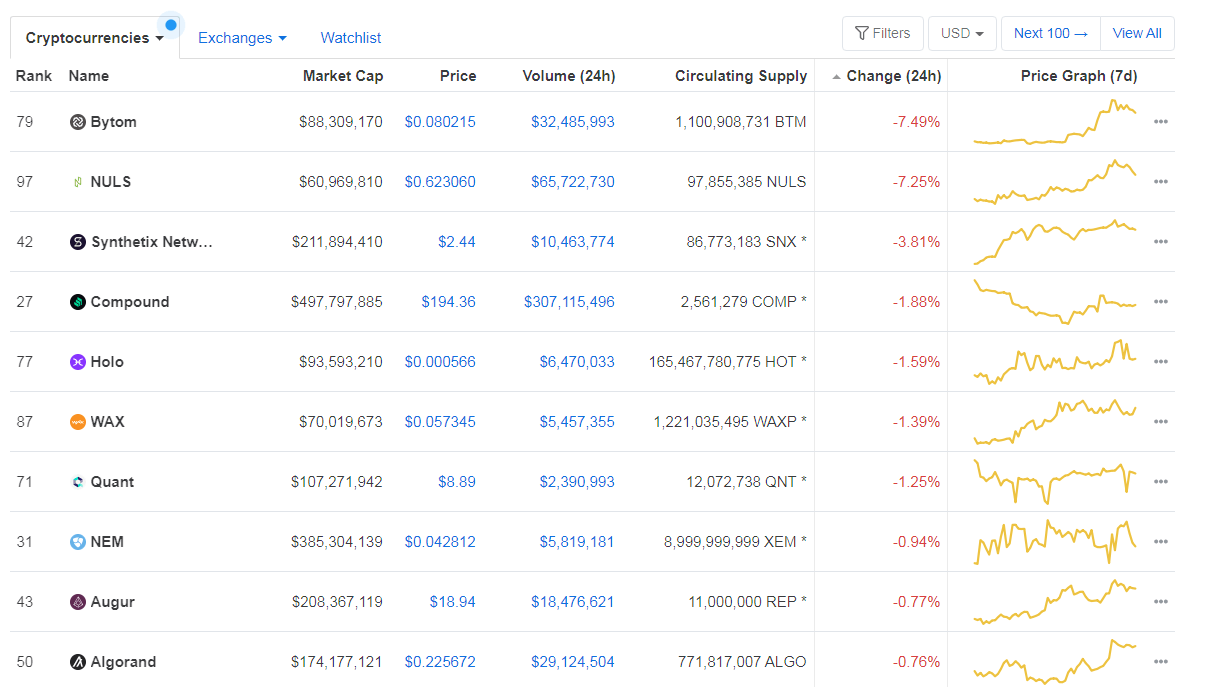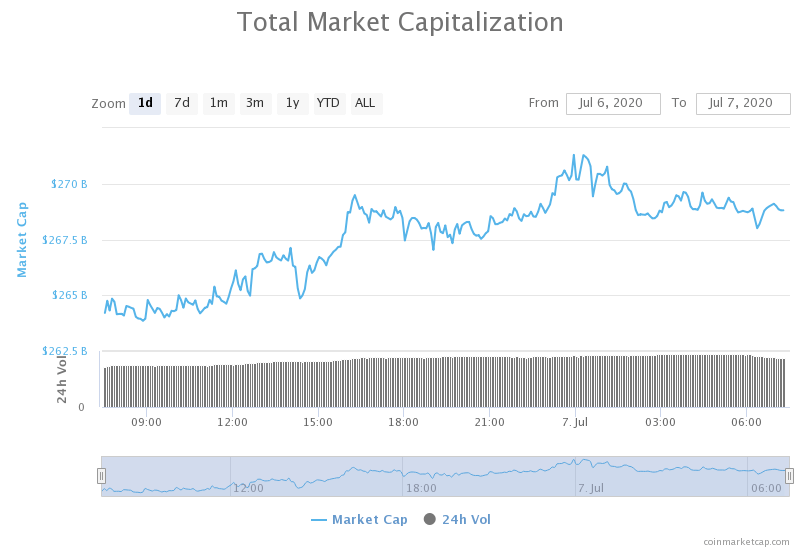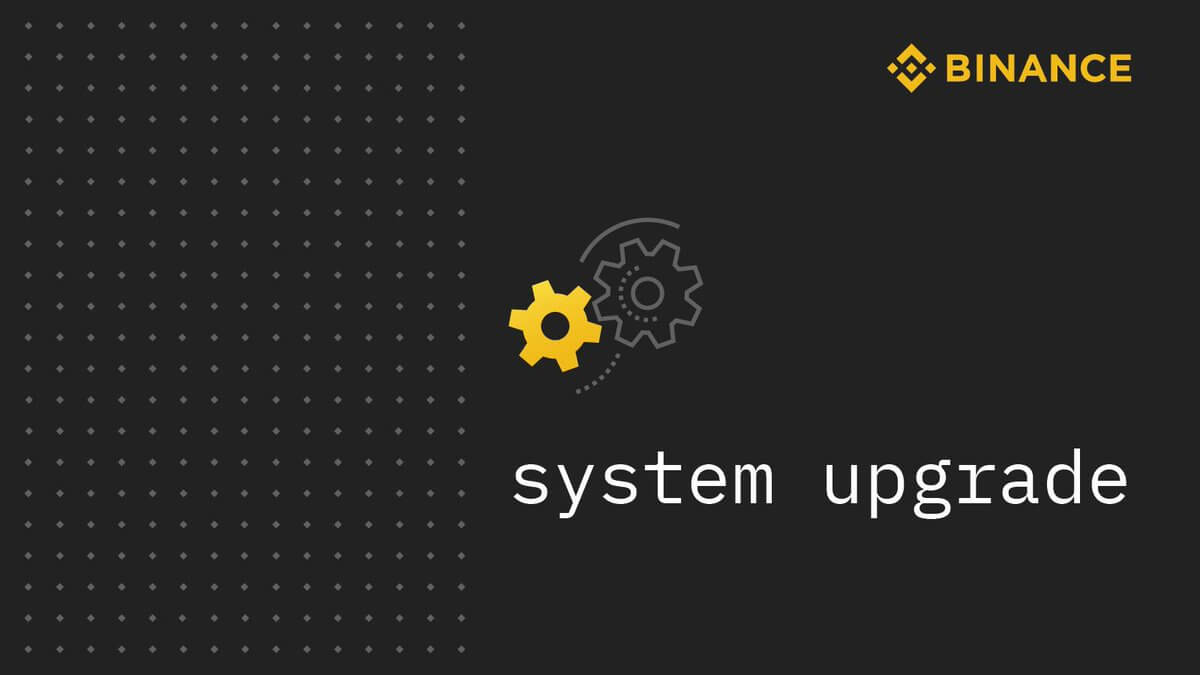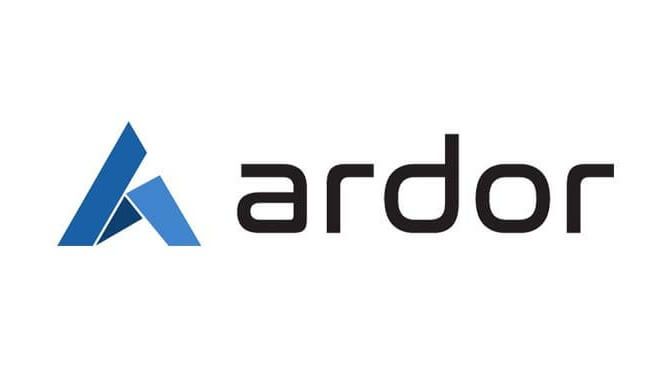If you have been in the cryptocurrency and blockchain space for some time, then you most certainly must have heard of the term whitepaper. It is the reference document that we run to when we want to find out what a crypto project is about. It’s the kind of document Bitcoin Founder Satoshi Nakamoto wrote when he introduced the concept of cryptocurrency and blockchain to the world.
Within the last decade, we have had a new crypto project launched almost every week. What the majority of these projects have in common is a white paper that was used to reel in investors. Even the most absurd cryptos like the Useless Ethereum Token raised significant amounts of money. While it might not have been a whitepaper, it still outlined the product details and managed to net a jaw-dropping $300k.
In this guide, we explain the process of writing a white paper, highlighting all the pointers needed to get you started. But first, what’s a whitepaper, and why’s it a big deal?
What’s a Whitepaper?
According to Investopedia, “a whitepaper is an informational document usually issued by a company or not-for-profit organization to promote or highlight the features of a solution, product or service. White papers are often written as sales and marketing documents used to entice or persuade potential customers to learn more about or purchase a particular product, service, technology, or methodology.”
The term white paper can be traced back to 1922. Many people point to the British government’s Churchill White Paper as the earliest form of a whitepaper. These have since seen a dramatic rise in usage within the last decade in the midst of the cryptocurrency craze as upcoming projects issue white papers in a bid to attract investors.
Why are Whitepapers Important?
To qualify the importance that whitepapers have to come to embody, let’s look at a 2013 study by Eccolo Media. The study sought to establish the effectiveness of various marketing strategies. These were some of the conclusions of the research:
- 49% of consumers had used a whitepaper to make a tech purchase decision
- Whitepapers trumped case studies, success stories, product brochures, blog articles, social content implementation scenarios, infographics, e-newsletters guides, and media files to be the most influential type of content marketing,
- Whitepapers were the most effective form of content during the pre-sale period when investors are not aware of your product
- 7 out of 10 respondents said it was important or very important to continue receiving information about a product after purchase. Whitepapers fit this bill the best followed by case studies and tech guides
Perhaps the most famous whitepaper so far is Satoshi Nakamoto’s. In his whitepaper:” Bitcoin: A Peer-to-Peer Electronic Cash System,” he introduced Bitcoin, the first and most successful cryptocurrency to the world.
This white paper also paved the way for an incredibly successful industry but completely changed how we view money. That whitepaper introduced us to the revolutionary technology known as the blockchain. It essentially marked the beginning of a new era.
How to Write a White Paper
Before you even start writing the paper, you’re going to need to do some homework. The first step, like with all kinds of writing, is conducting thorough research. You’ll then need to read other white papers and compare them with what you have. And finally, you’ll need to put everything together.
#.1 Research
A well-researched whitepaper is authoritative. People respect well-researched Information. For every problem that you are trying to solve, you need to talk about what previous attempts have accomplished and/or come short of. Of course, you’ll need to credit the original sources later on. This will lend you more credibility.
#2. Read Other Whitepapers
In the world of crypto, there’s always the likelihood that someone is working on an idea similar to yours. In light of this, you’ll want to read other whitepapers to avoid duplication and to identify the places where you can really showcase your project’s unique selling points. Additionally, it might help to look at the particularly great whitepapers that came before yours. Bitcoin and Ethereum whitepapers are great starting points.
#3. Organize
After research, everything will possibly be muddled together. This is where you structure your information so it will be easy to use during the writing process.
#4. Identify Your Audience
You need to single out your target audience. What type of audience are you looking at? Are they of a particular age group? Are they located in a particular geographical area? Do they have particular interests? What kind of people would be interested in your project? Once you identify your target audience, you’ll be able to package your information in a manner that’s appealing to them.
How To Structure Your Whitepaper
After you’ve done your research on what to include in your whitepaper and identified your target audience, now’s the time to start creating your whitepaper. There’s no standard structure on how to format a whitepaper. Nevertheless, any whitepaper needs to answer the following questions:
- What’s the aim of the project?
- Can its model make money?
- What problems will it solve?
- What differentiates it from competitors? What’s its unique selling point?
- How do you plan to utilize the raised funds?
- What will be the utility of the project’s token?
- Does the project need a blockchain?
- Who’s on the team, and what are their credentials?
- Does the project have a working model already, or is it still in the theoretical stage right now?
While that’s a general guide, there are some sections that any whitepaper must outline. Let’s get a look below:
#1. Headline and Abstract
This section is supposed to draw in readers, investors, and all other interested parties. An abstract is a snapshot of what your whitepaper is all about. While it should be short, it should give readers the reason to keep reading.
#2. Introduction
Next is the introduction. Bear in mind that you’re still trying to appeal to the reader, which is why you need to pack a lot of relevant info, yet just briefly, in this section. Let your readers know why the world needs this project right now. What economic, social, or political need will it fill?
#3. The Problem, Solution, and Product Description
This section sheds light on the problem you want to solve with your project and the solution that you’re proposing. It will make or break your whitepaper. As such, you need to go all in. Take time and explain the technical details of your product very clearly. Include graphics where possible.
You need to use a formal and almost academic tone. Further, be factual and back up every single claim with a reference.
#4. Token Economics
Explain to investors what will be the utility of your project’s token. Explain as clearly as possible the role of the token in the ecosystem. Remember, the more utility it will have, the more value it will have. This is because if you don’t clearly define your token, investors will not expect much out of it.
As a result, when the market drops, they’ll quickly drop it for more valuable tokens. You need to give people reason to hold on to your token, regardless of the nature of the markets. In other words, people should be able to see the long-term value of your token.
#5. Token Usage Guidelines
Since you’re trying to raise money, it’s only necessary that you explain to investors where their money is going. This is especially important considering the prevalence of scams in the ICO and crypto arena. For this reason, you owe your potential investors a detailed plan as to how you’re planning to spend the money.
#6. Development Roadmap
The roadmap is the timeline within which your team intends to accomplish the different project milestones. A roadmap is important because it enables investors to have realistic expectations of the project. Plus, a roadmap makes it easier to monitor the progress, and it helps keep your team accountable.
Ideally, a roadmap should include the milestones that you intend to achieve for the next 12 to 24 months, and it should at least include a beta-launch. If some tasks in the roadmap have already been accomplished, be sure to state that clearly as that will score major points with investors.
#7. Project Team Members
It’s very important to talk about the team on your project. Most investors are looking to see the credibility of the founders/employees/advisors. While some project developers have gone completely anonymous and have succeeded, nevertheless, this success may not always replicate for every occasion. The bigger part of the white paper is all technical, so why not add some human touch by talking about people? Photos and a short biography for the team members go a long way.
Designing Your Whitepaper
Now that you know what should go into your whitepaper, how you present it is just as important. One of the things you to consider is the cover page. A cover page should be clean, crisp, and professional. You’ll also want to incorporate images throughout the document to provide relief and a visual representation of what you’re talking about.
Some whitepapers even break with the traditional-looking document and jazz the whole thing up. The Ardor whitepaper is a perfect example of this.
Where to Post the Whitepaper
Over the years, many projects have posted their whitepaper on Bitcoin-related forums, on GitHub, or their website. However, it’s probably best to post it on the website where people can directly find it. Of course, you can always post the link to it on various sites when promoting your project.
About White Paper Templates
Just like with any official document, you’re likely to find numerous white paper templates on the web. And with the proliferation of ICOs everywhere, it’s not uncommon to see project managers hiring professionals to write for them.
However, relying on such templates or freelancing services to create your white paper is not recommended. If you want a unique and quality whitepaper, you need to dedicate time to it. Remember that the whitepaper is a medium through which you’re trying to attract your investors, and a subpar document will simply not cut it.
Pitfalls to Avoid When Creating a White Paper
When writing a white paper, there are some common pitfalls you will want to avoid. Some are common to writing, while others are specifically related to the niche. These include:
- Spelling mistakes – These are a complete no-no. They reflect poorly on your professionalism and your seriousness about the project. Utilize a tool like Grammarly and iron these out.
- Subjective opinions and arguments – Remain objective about the claims and perceptions that you make.
- Overambition – This is when a white paper lists overblown goals with little or no backing. If you say that you are going to achieve a particular goal, then illustrate how you are going to do it.
- Tokens – Does your token have a clear utility? If not, better get back to the drawing board and make your token one that investors will readily invest in.
- Team – Any serious investor will want to check up on who your team members are. You want to make sure all your team members are up to the task.
- Unrealistic Roadmap – This is when a whitepaper overstates what it’s going to achieve in an unrealistically short amount of time.
- Formatting Mistakes – This could be images without a uniform resolution. It could also be an inconsistent font or layout.
Final Words
Writing a whitepaper can be daunting, but if you follow these guidelines, you’ll find it might be easier than you ever thought. When you get as much background information as you can, get a look at other whitepapers, and organize your thoughts, you are on the way to writing a winning one and getting readers hooked. Since your goal is to raise money for your project, you want to get this right. Good luck!


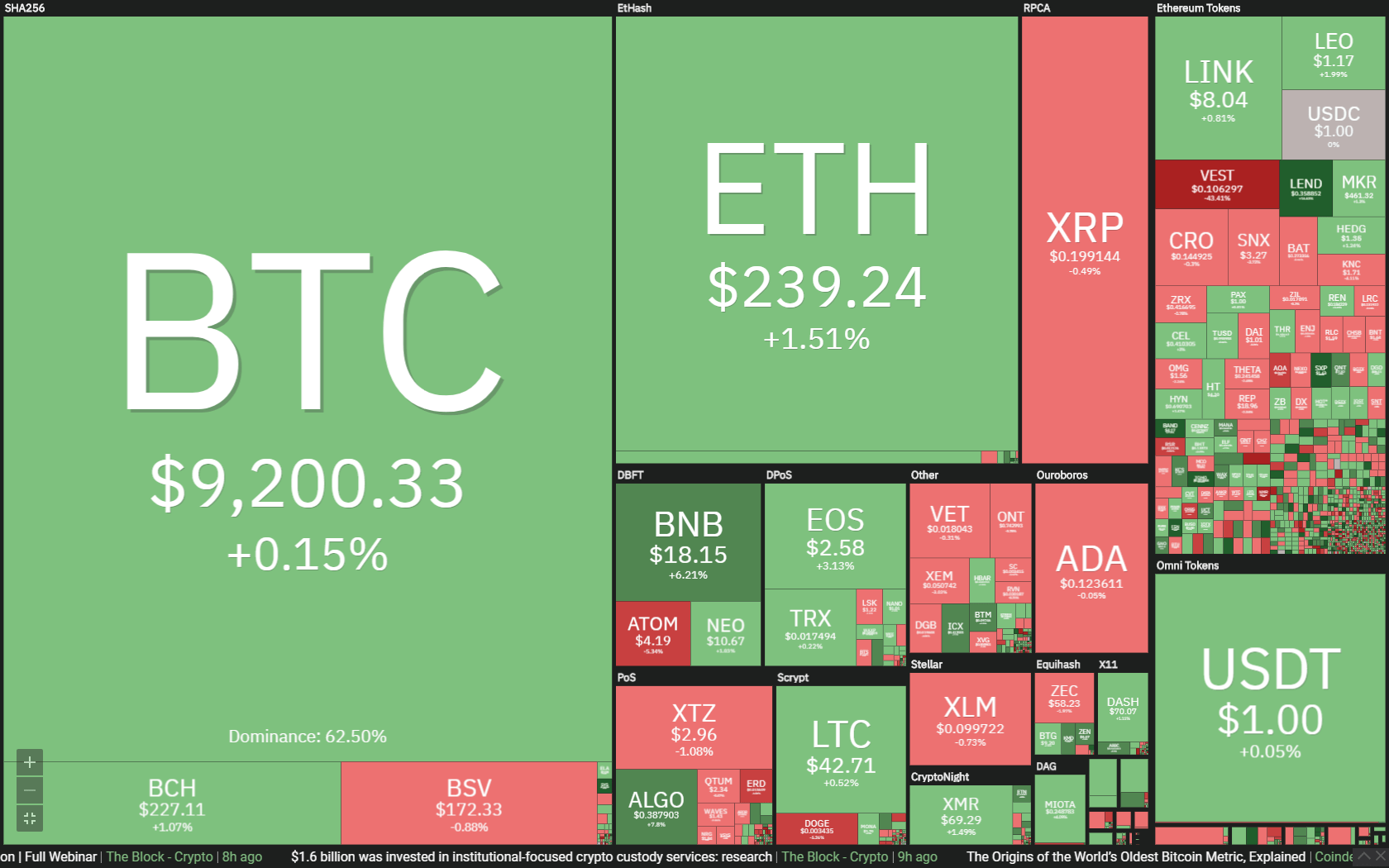
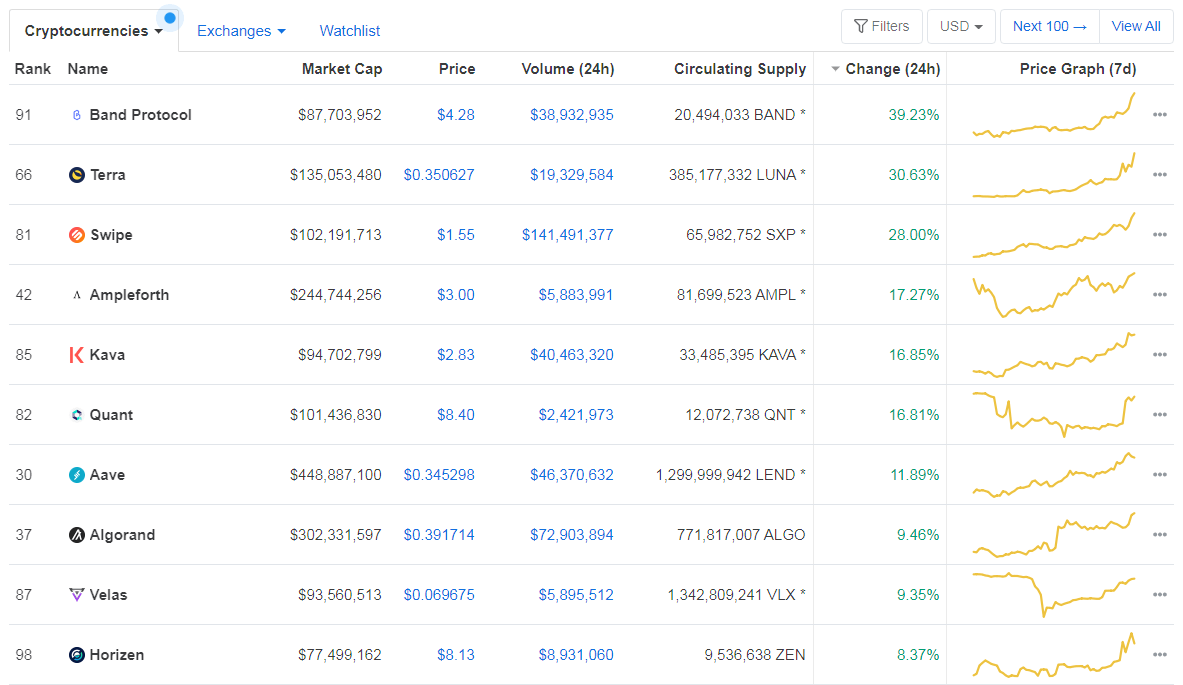
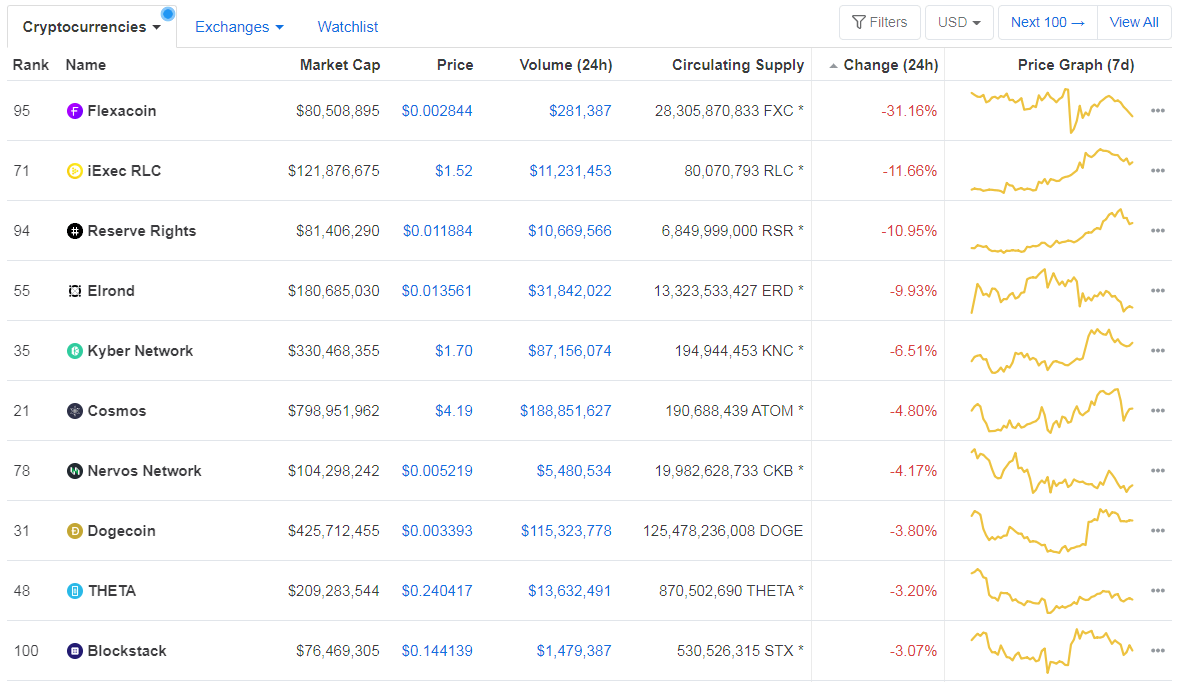
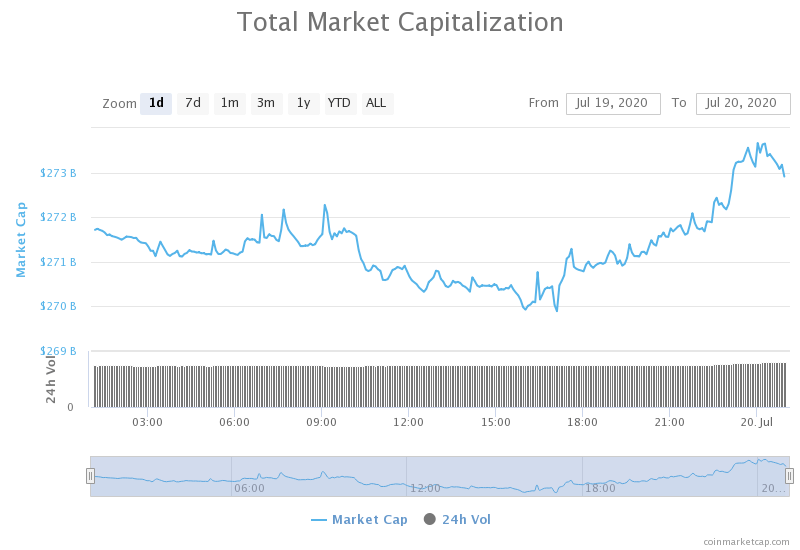



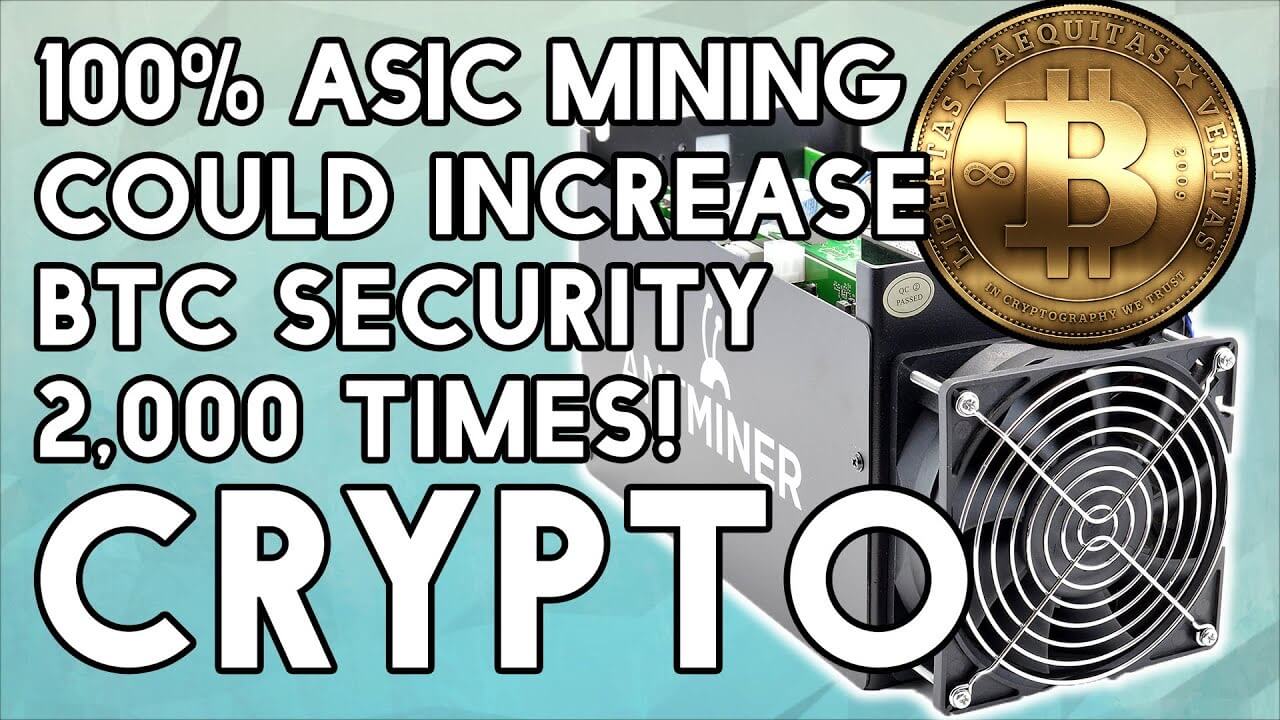
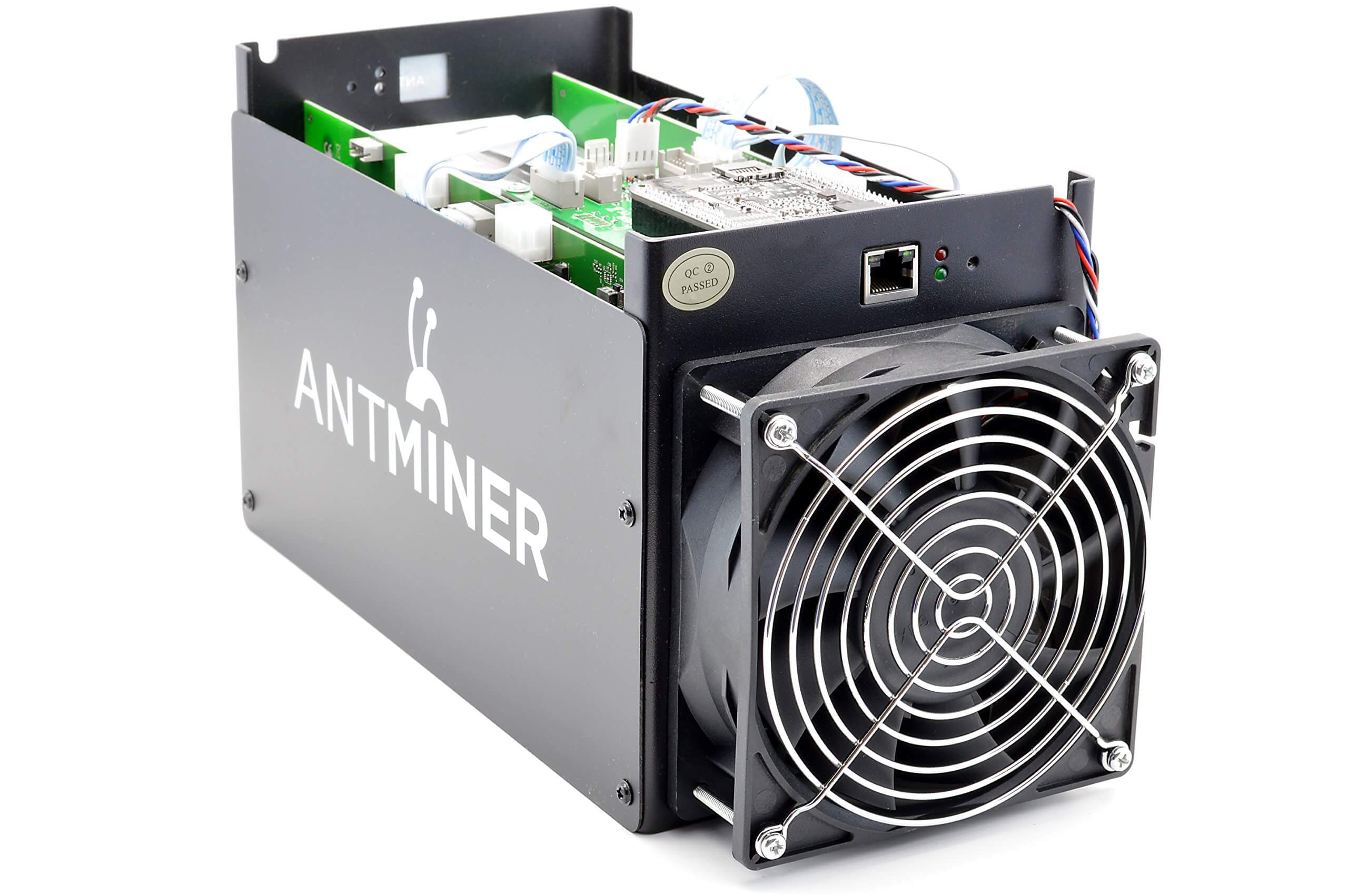
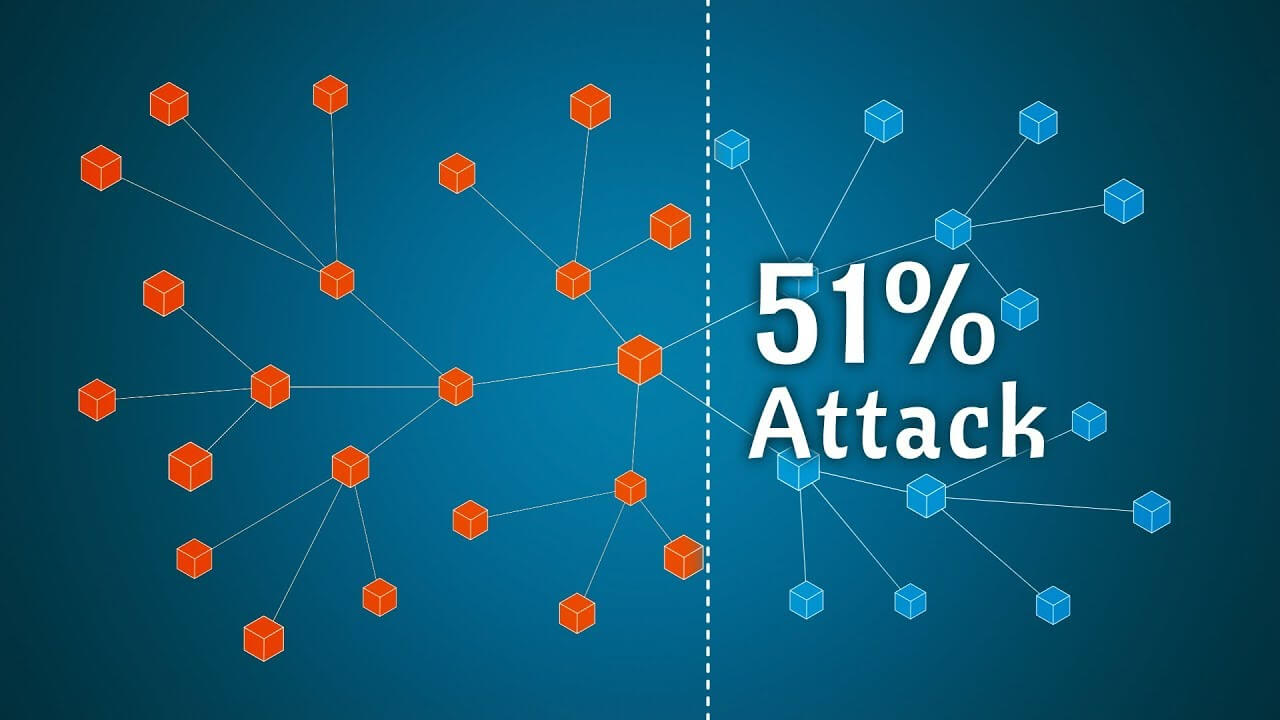
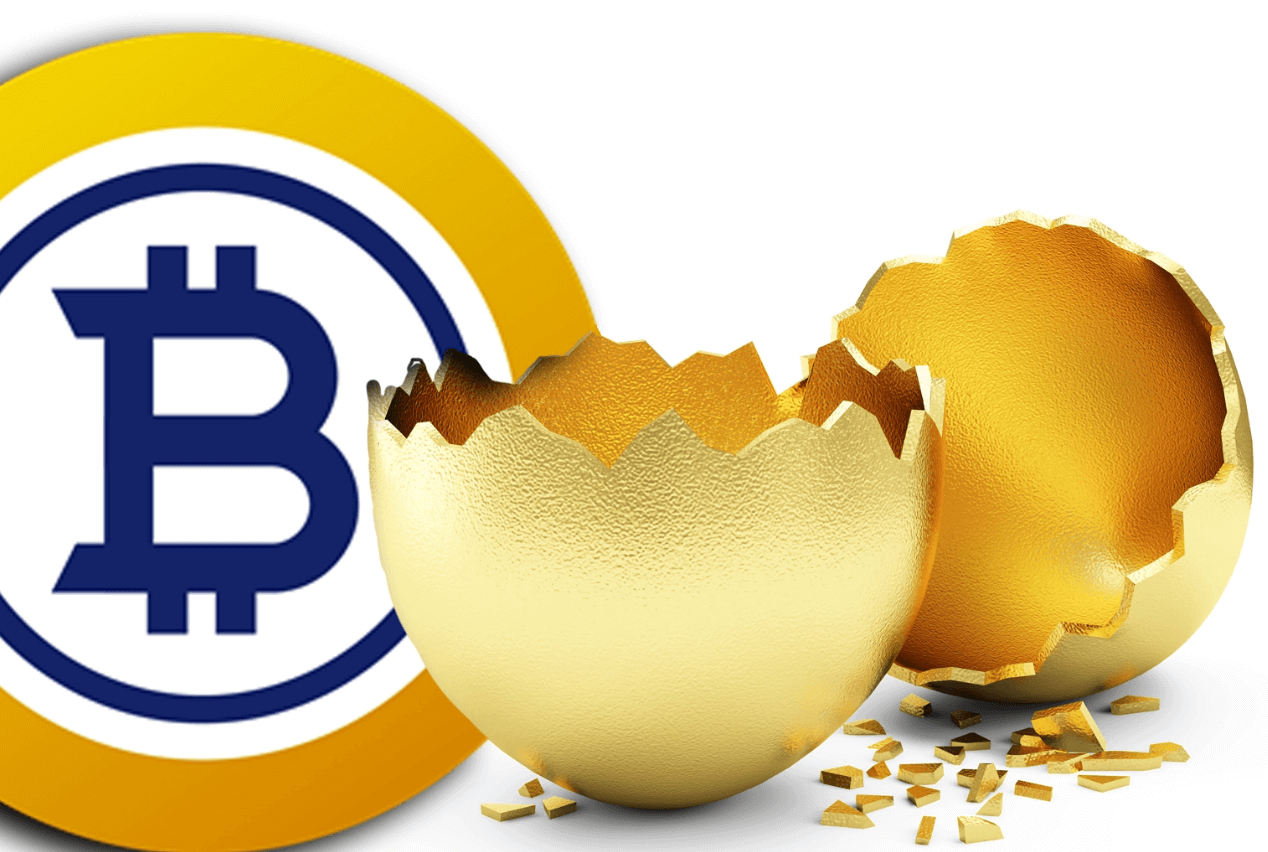
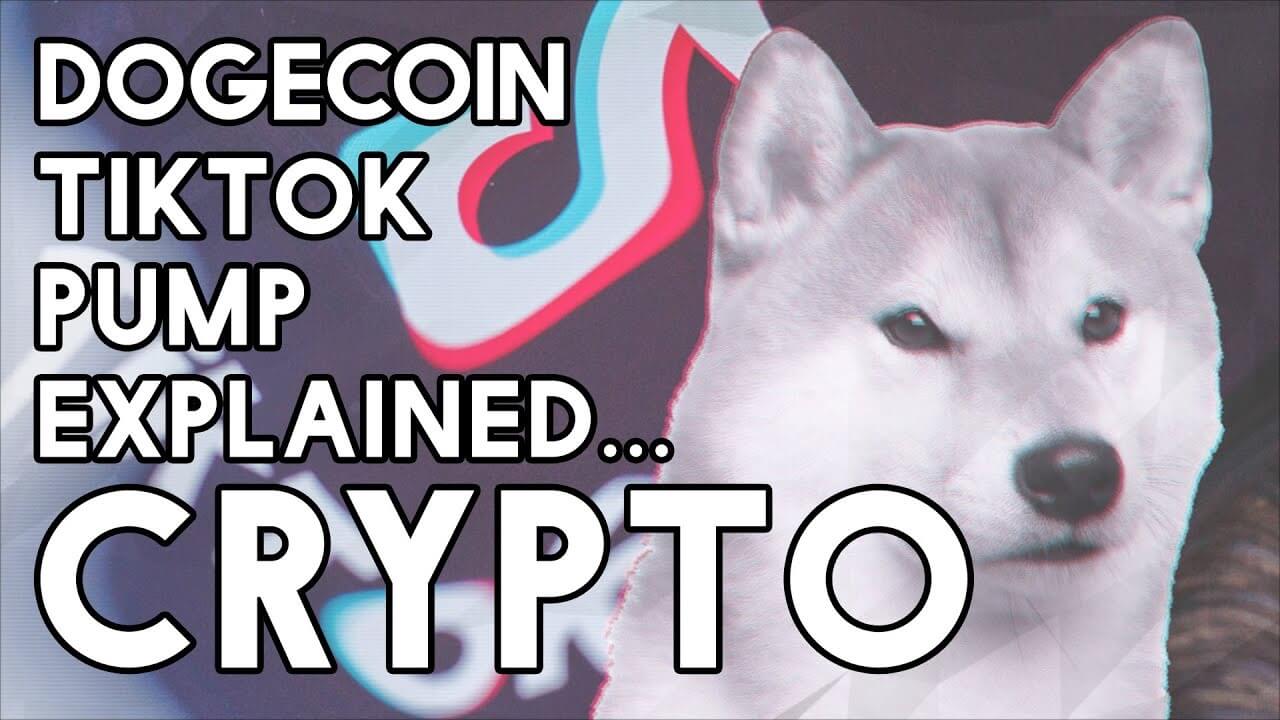




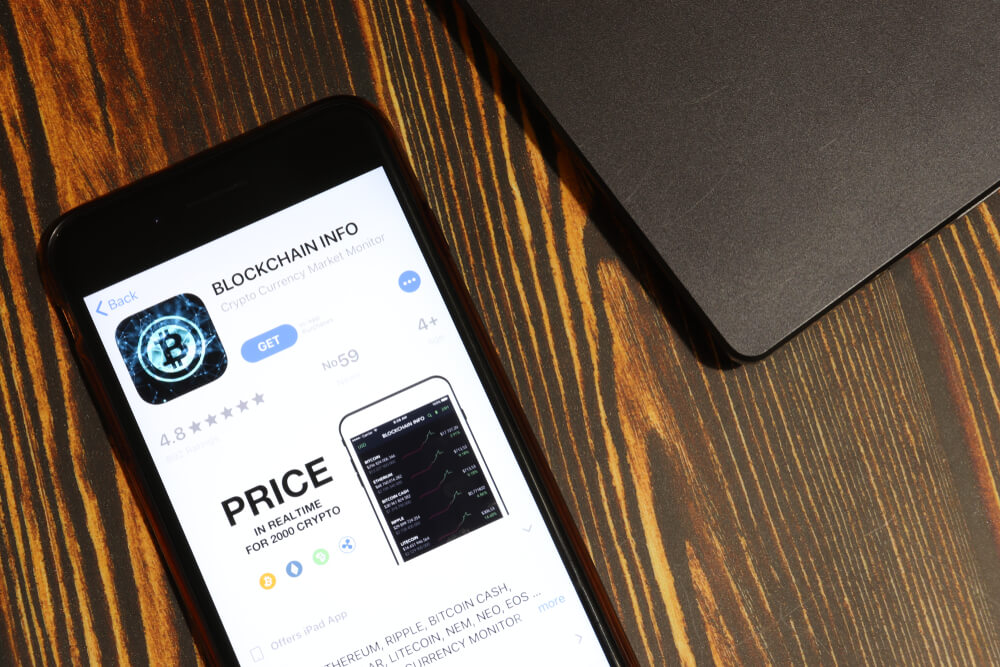
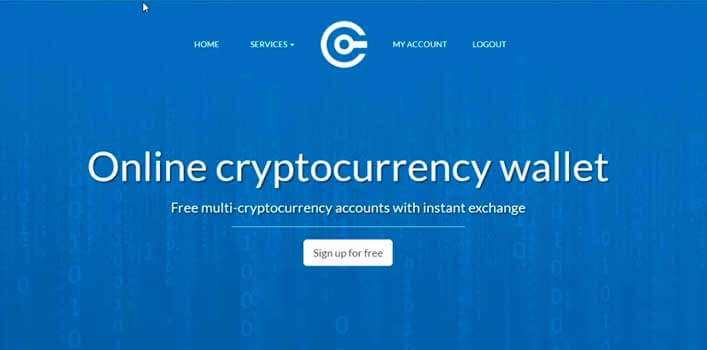

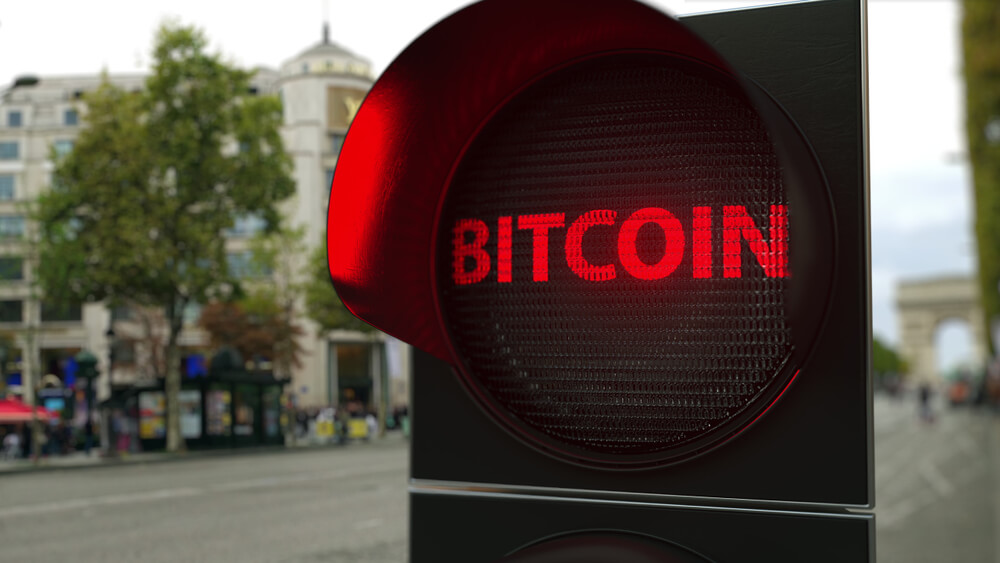
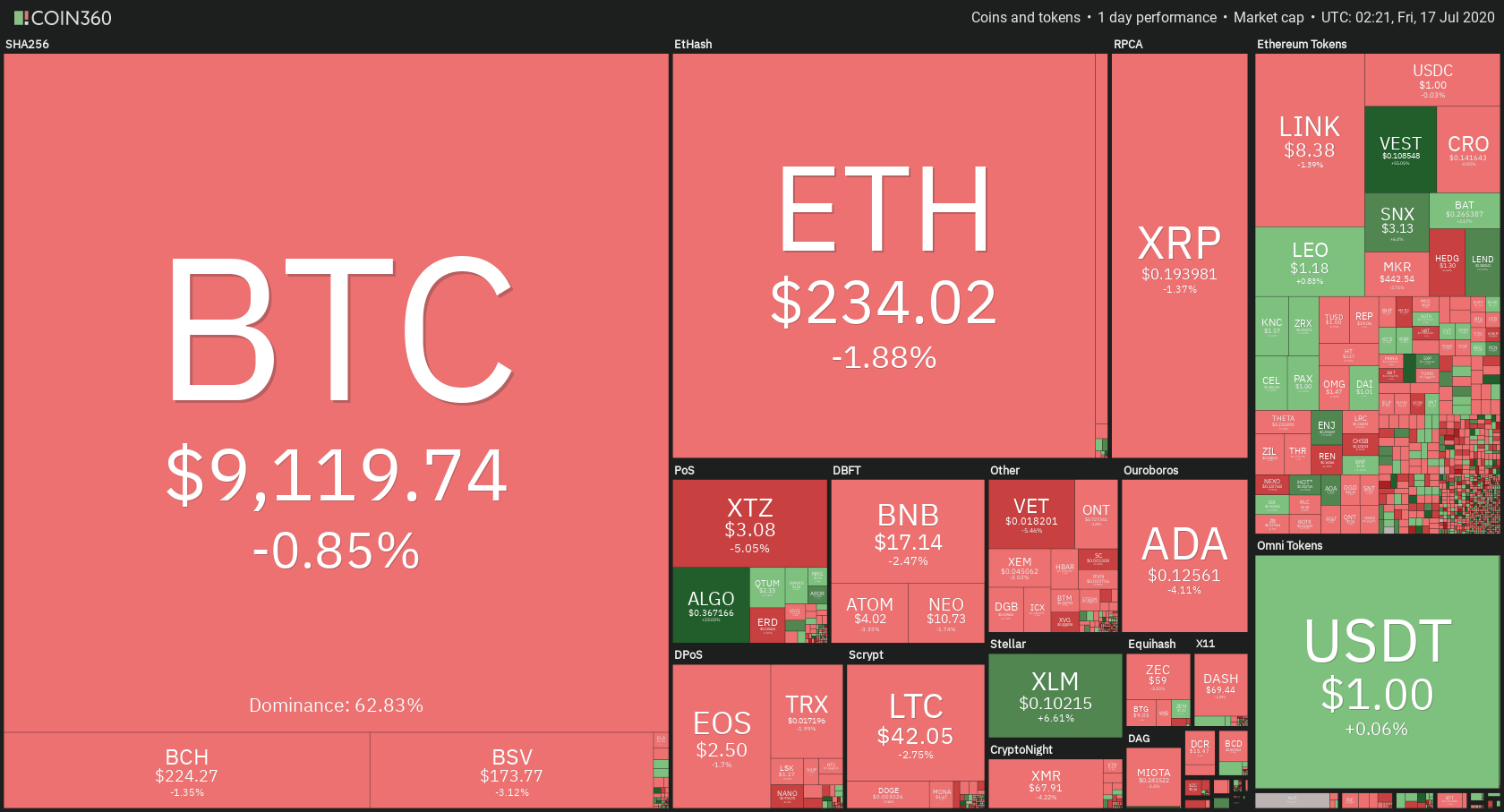

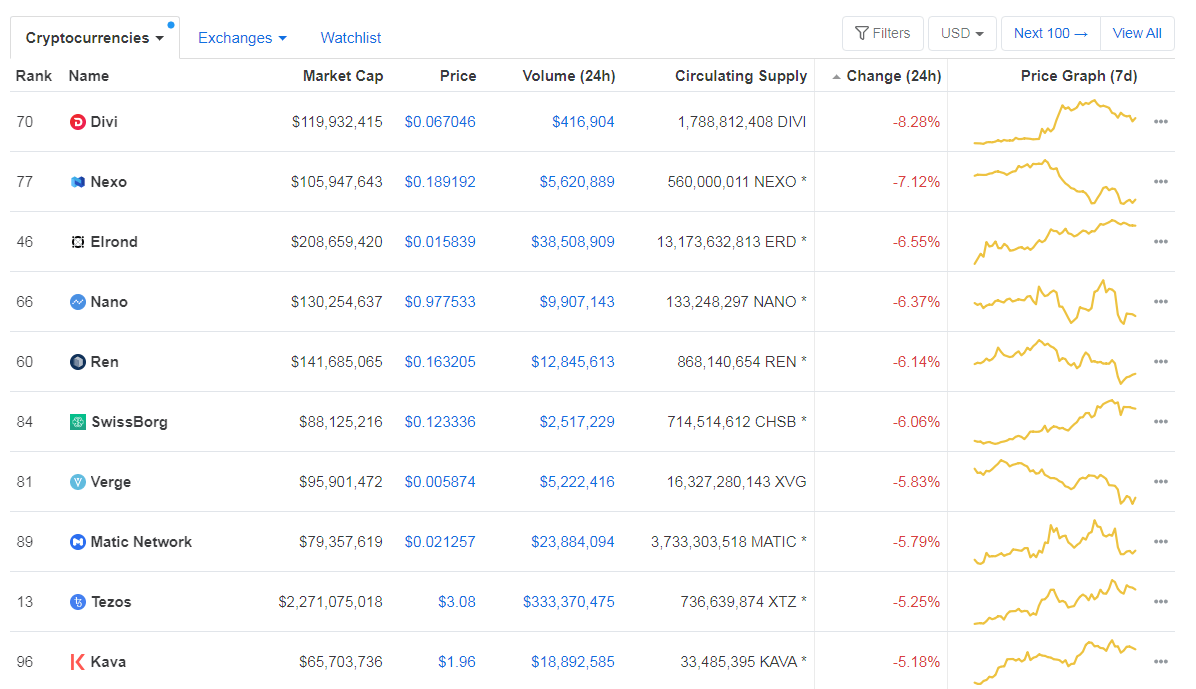
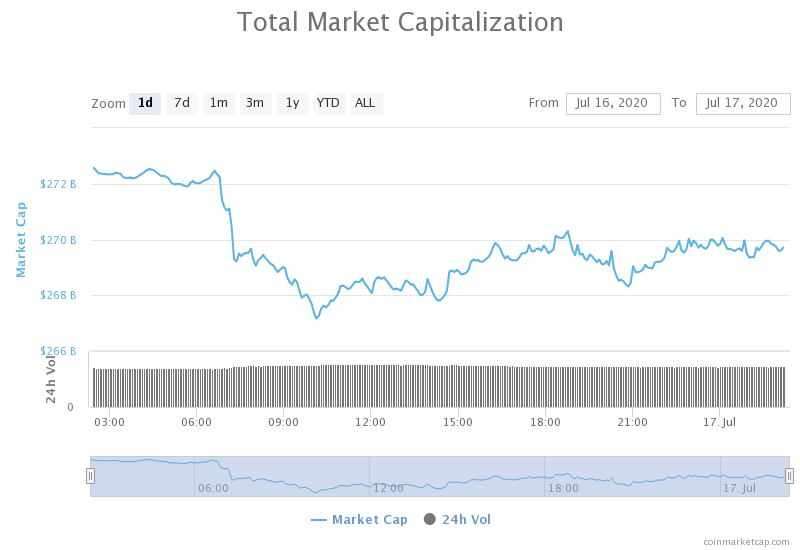






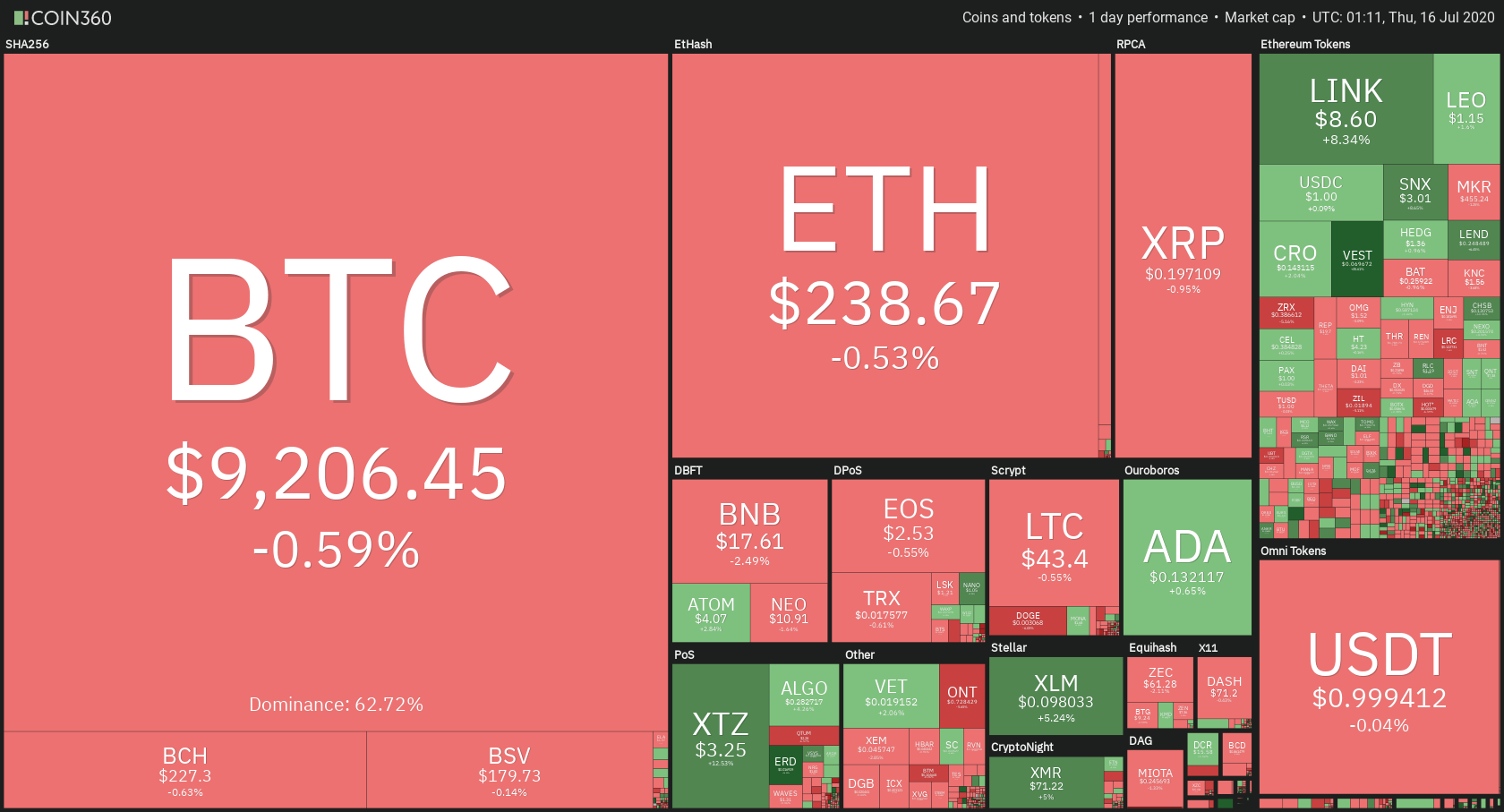
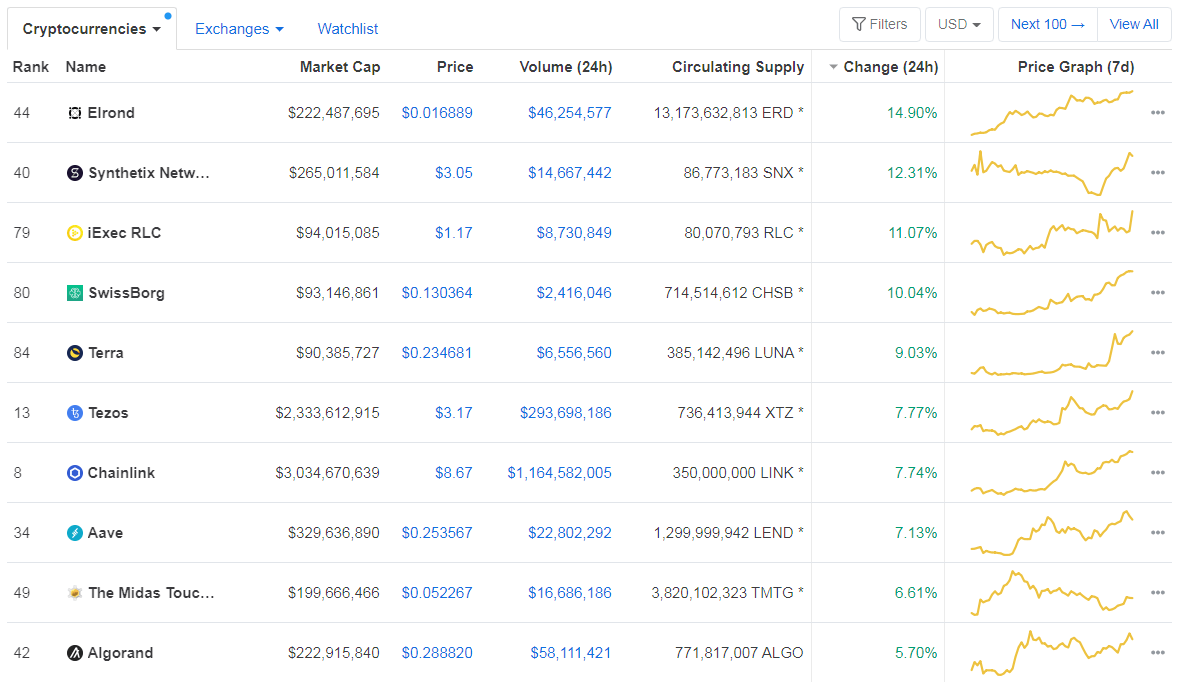
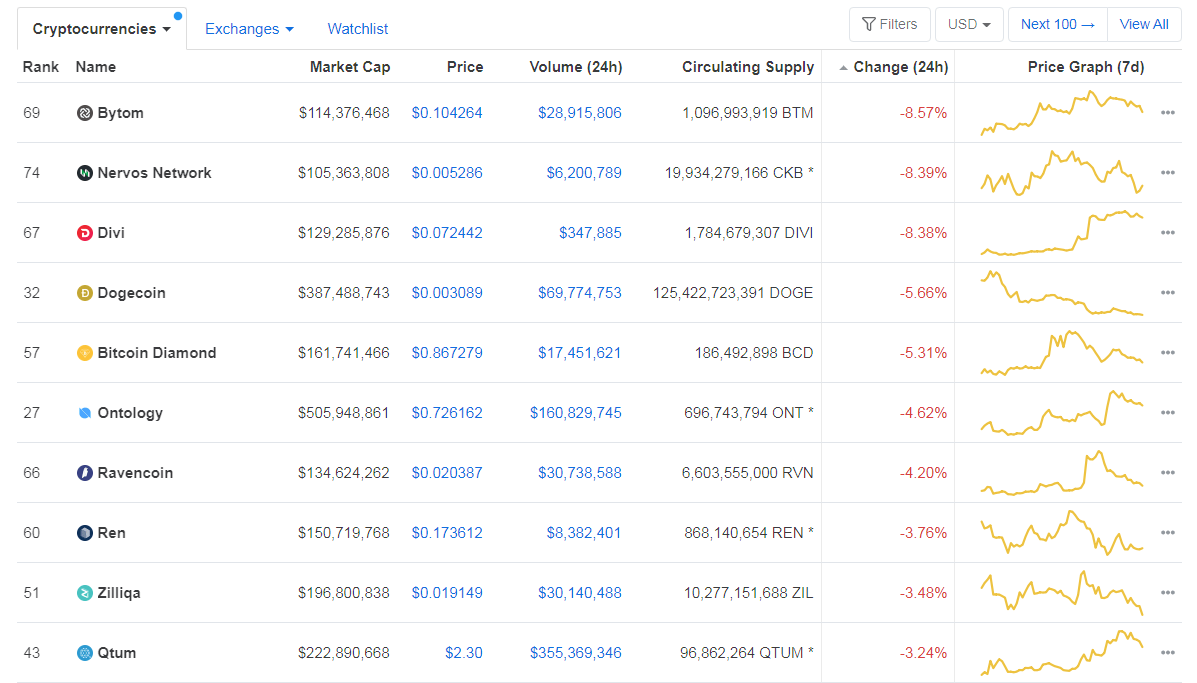
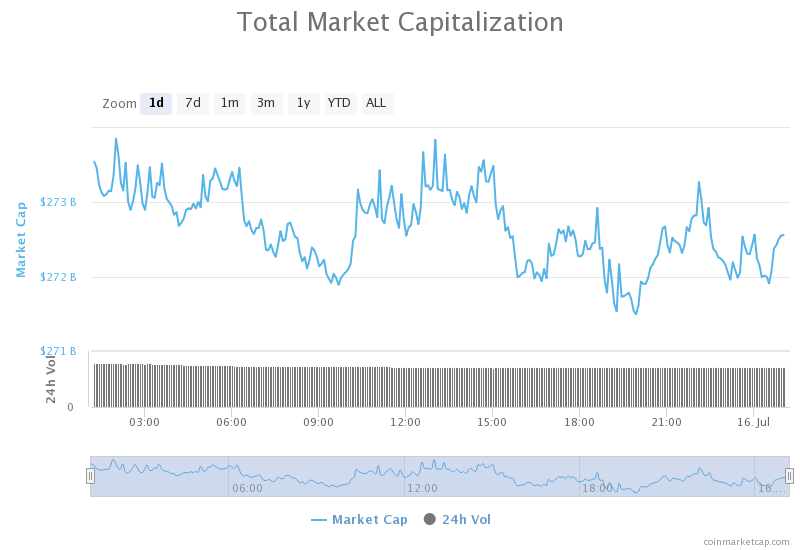
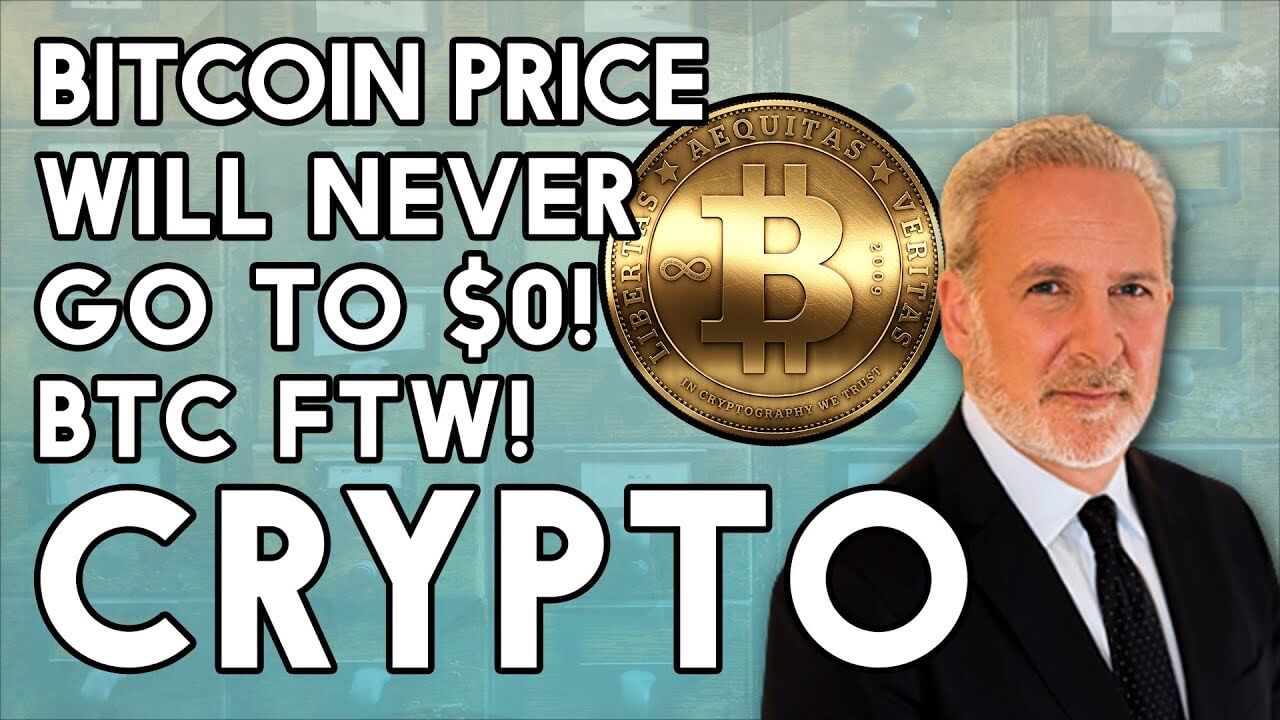
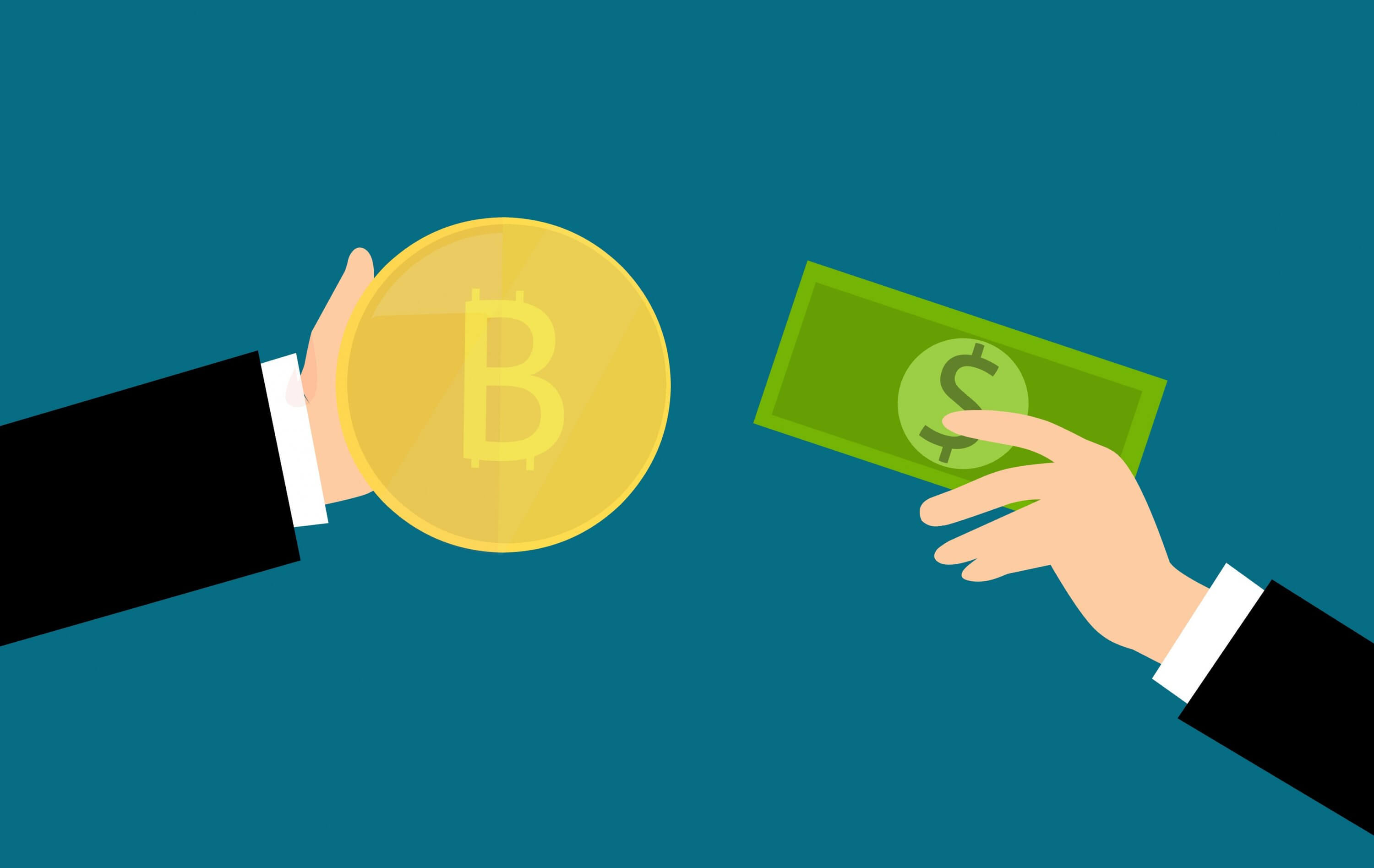
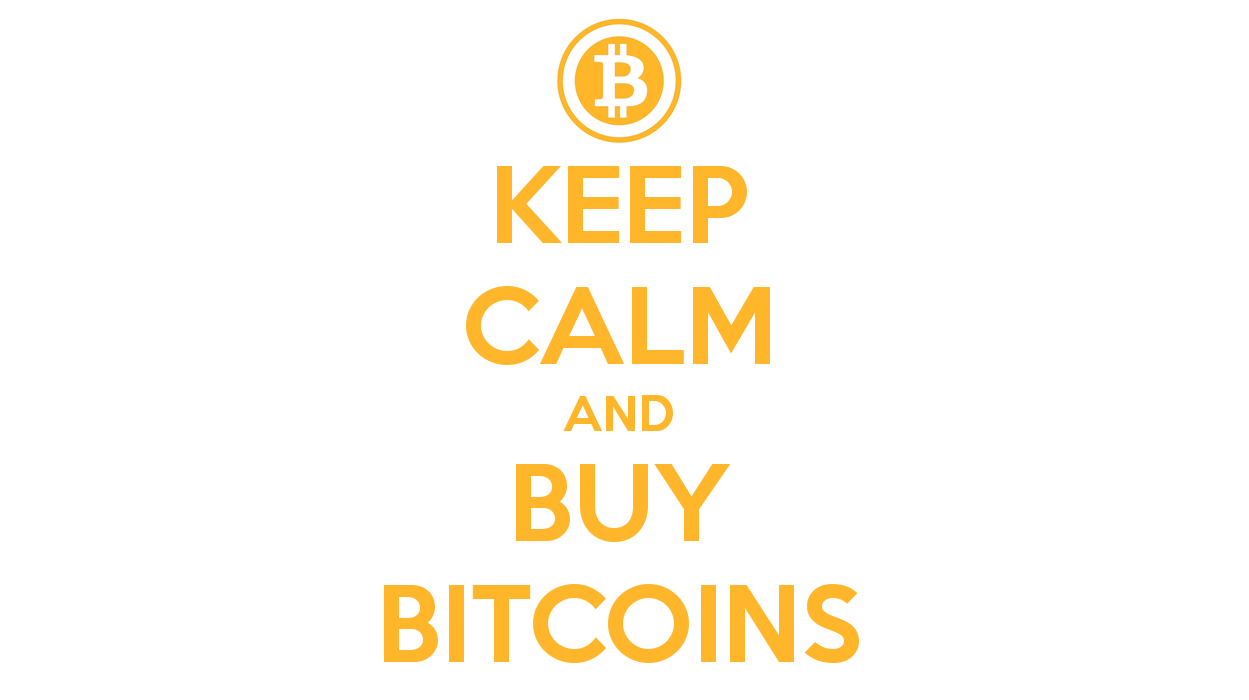




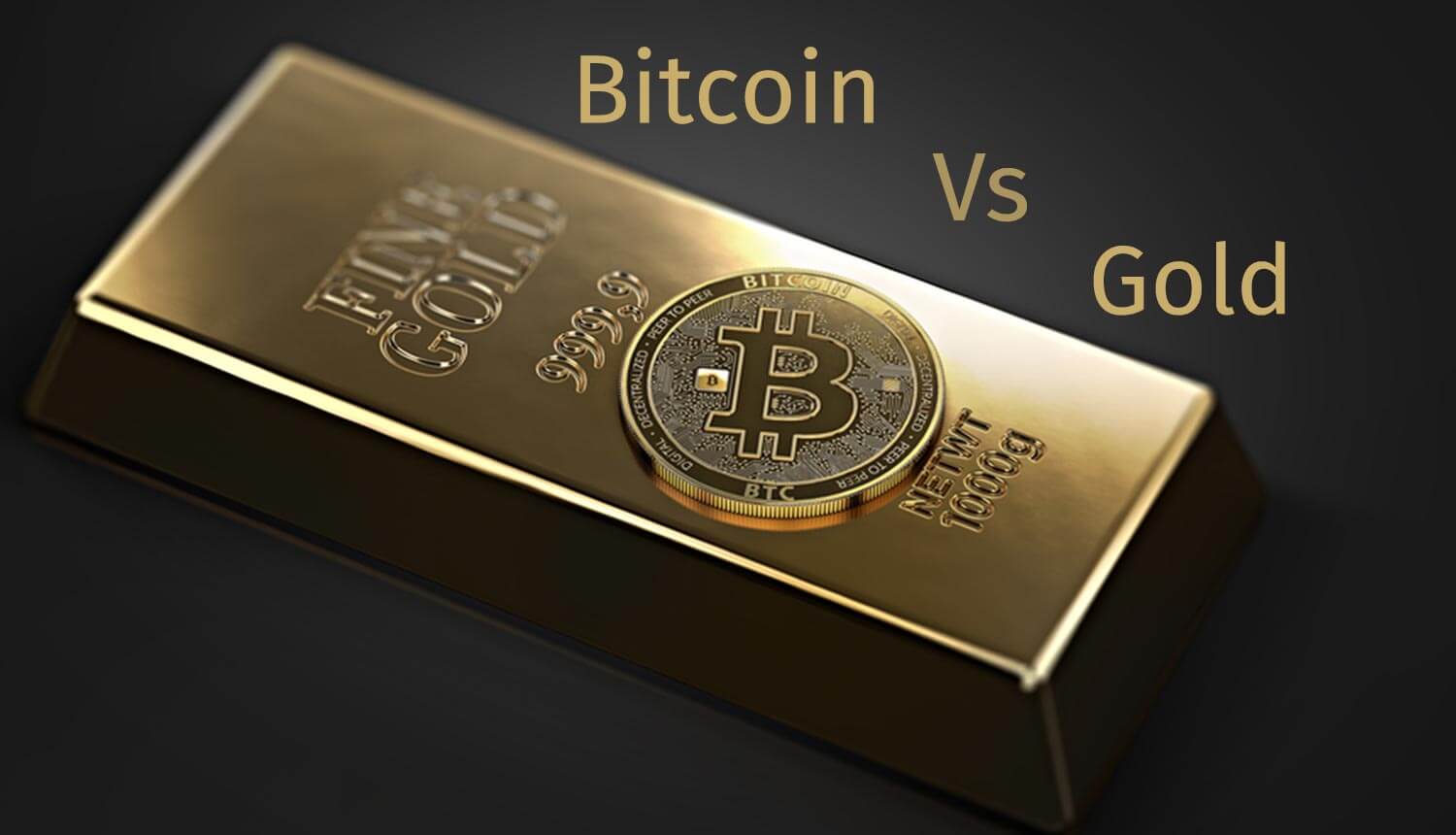
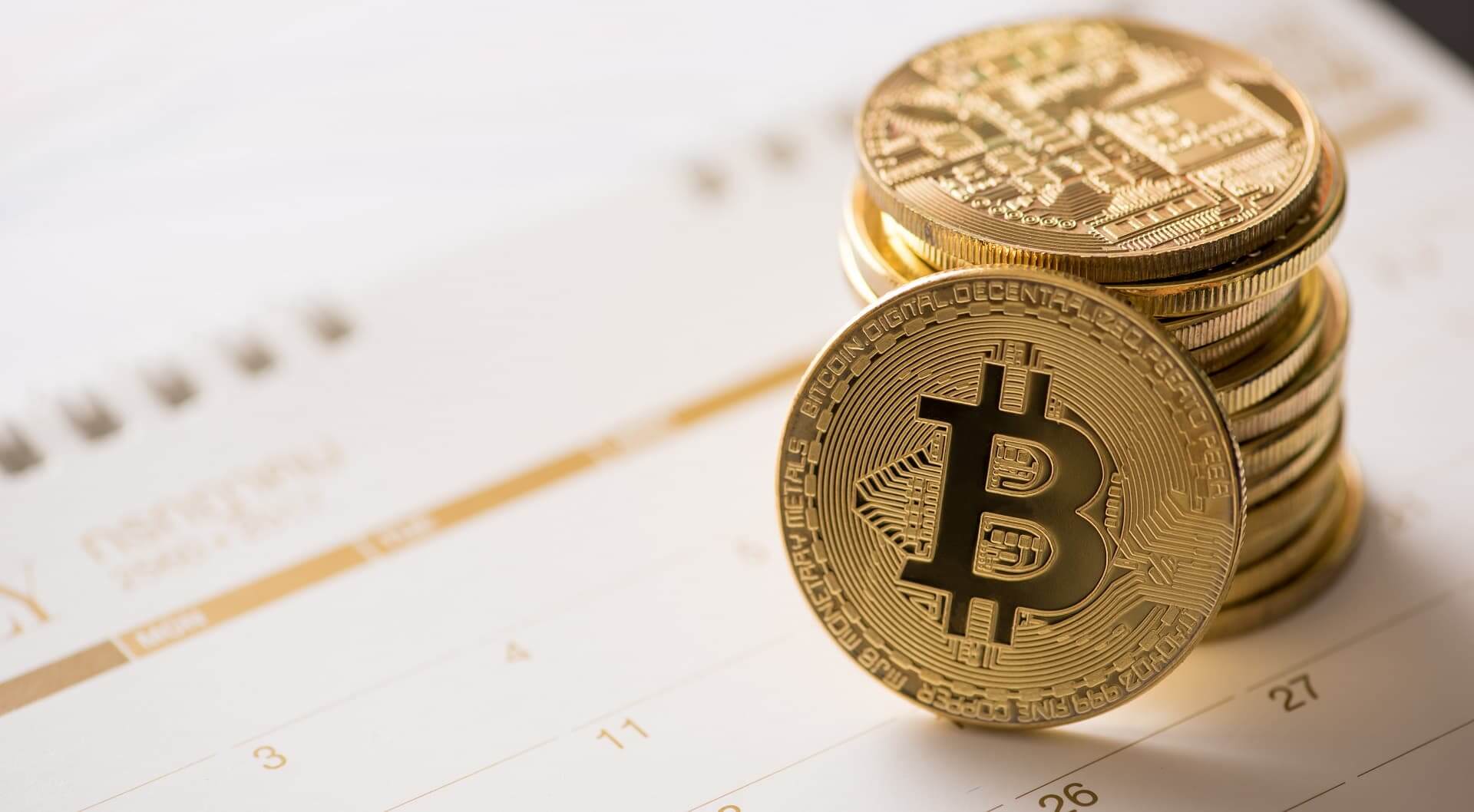
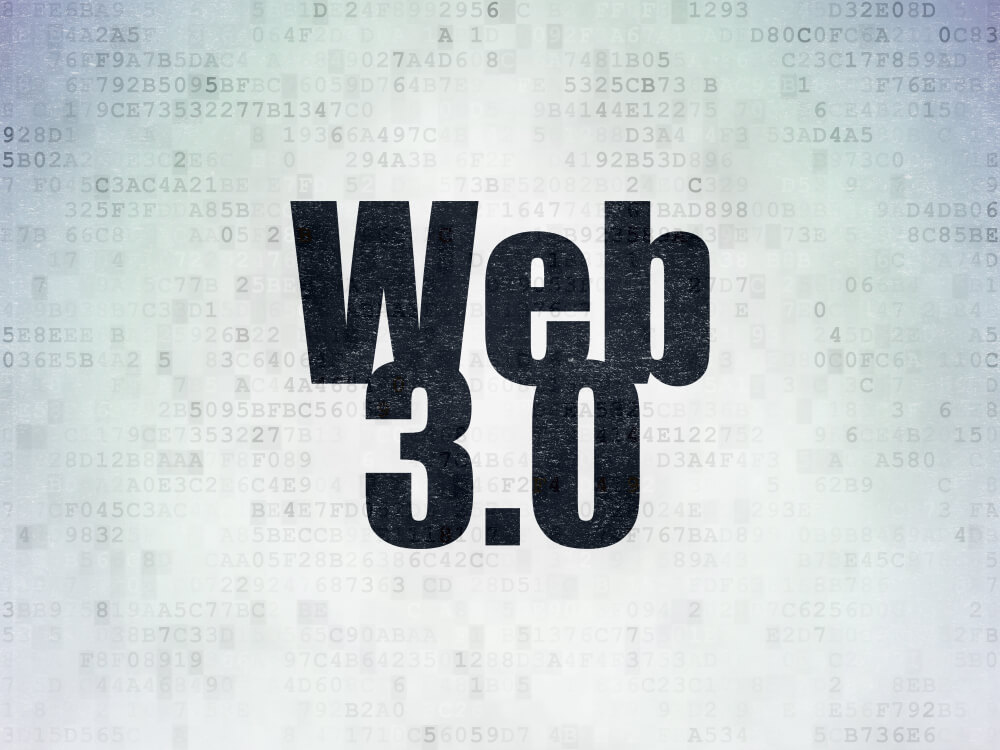
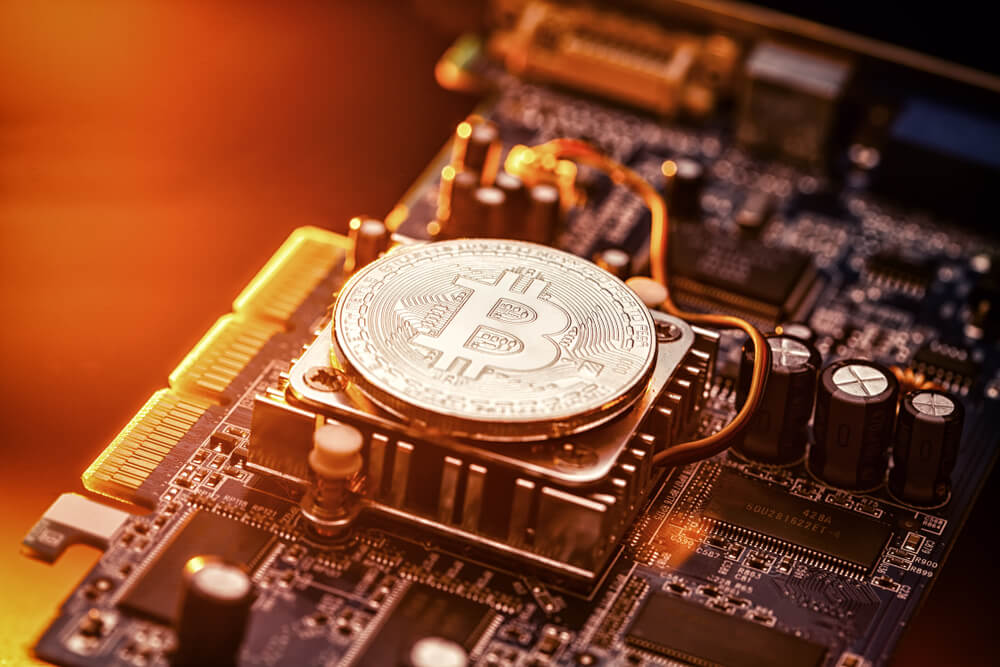

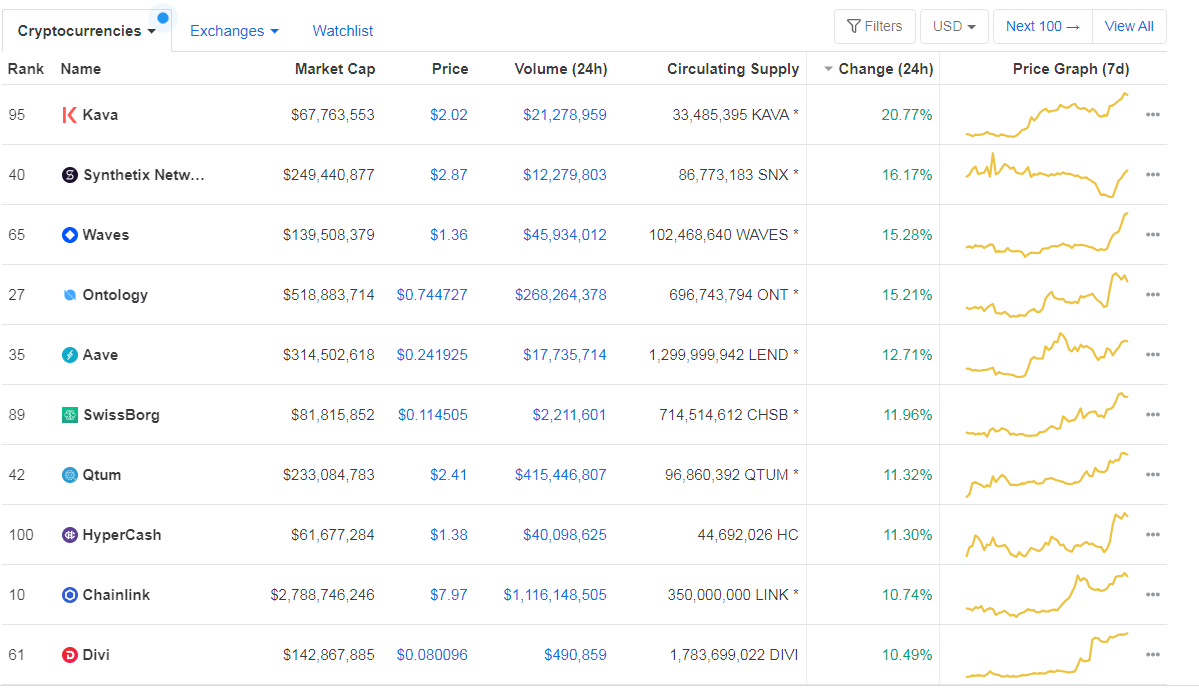
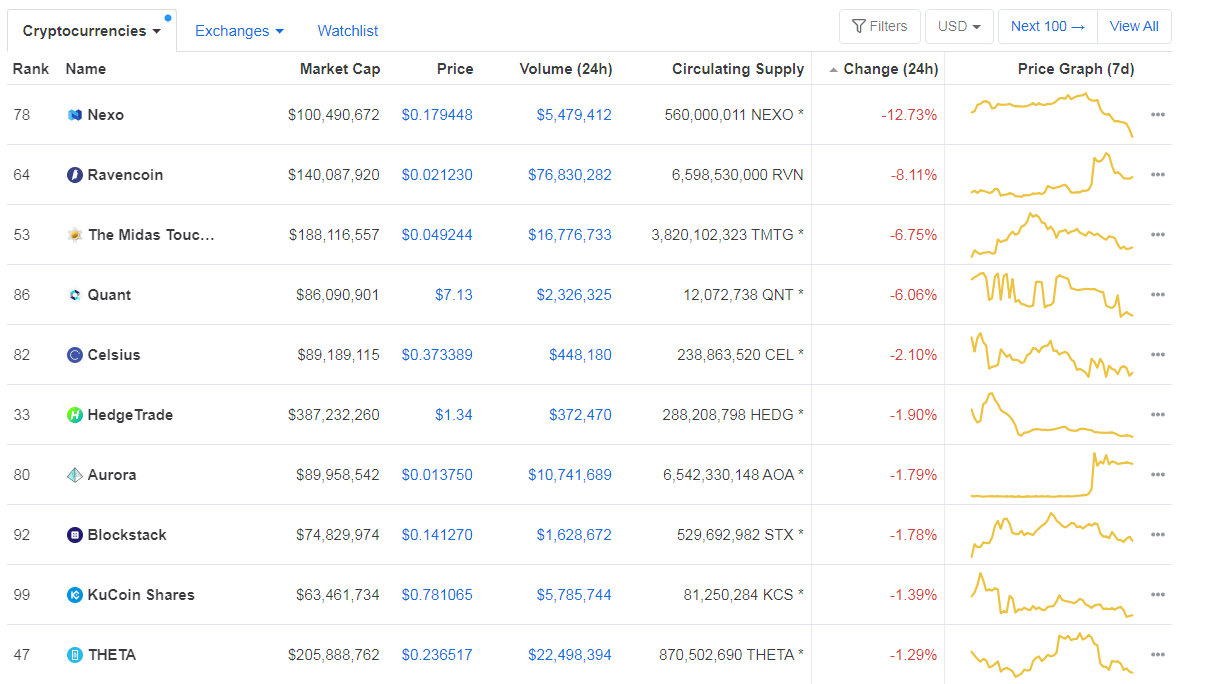
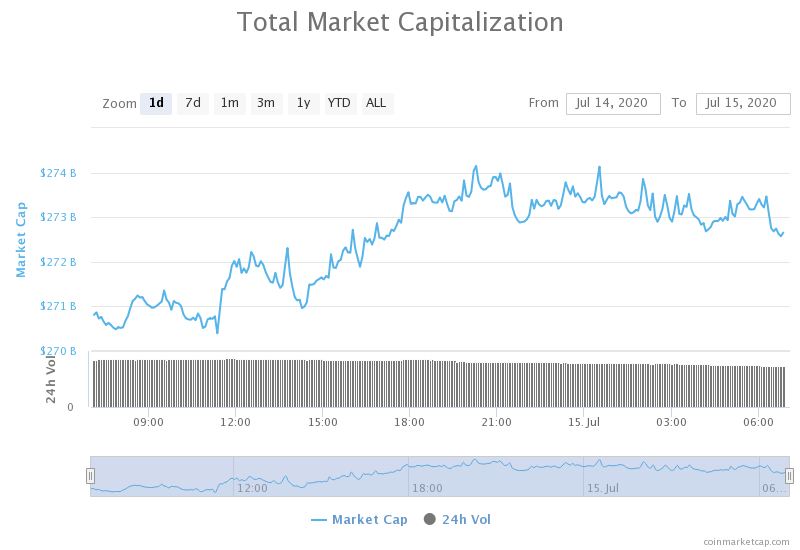
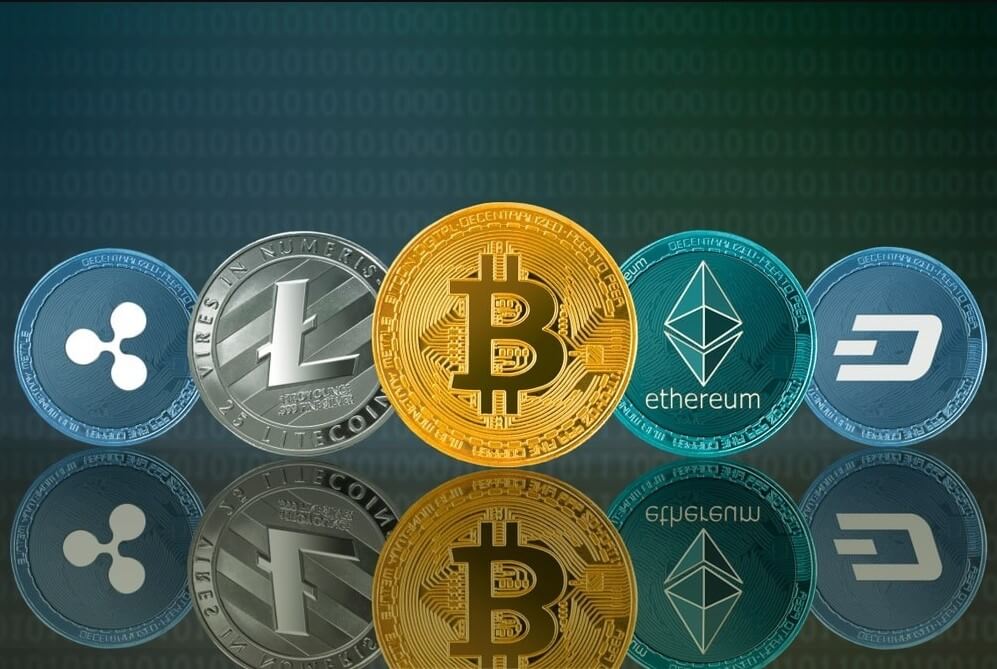
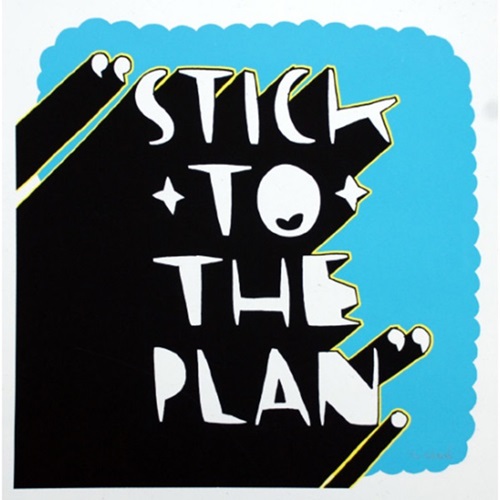 With regard to investing, if you have already collected some crypto and you desire to obtain some more, you should be cautious about overleveraging. A trader who holds a cryptocurrency may not thus want to exceed 5% of portfolio value. Even if overall conditions worsen, with such an approach traders can still earn money from their investments. Moreover, the upside-downside ratio can be indeed helpful in gaining a new perspective on this matter, in that if everything collapses and a trader loses all money, the upside on such investment is incomparably more satisfactory. Therefore, if you use this strategy, you know that you can either lose only what you initially invested or truly amass a fortune.
With regard to investing, if you have already collected some crypto and you desire to obtain some more, you should be cautious about overleveraging. A trader who holds a cryptocurrency may not thus want to exceed 5% of portfolio value. Even if overall conditions worsen, with such an approach traders can still earn money from their investments. Moreover, the upside-downside ratio can be indeed helpful in gaining a new perspective on this matter, in that if everything collapses and a trader loses all money, the upside on such investment is incomparably more satisfactory. Therefore, if you use this strategy, you know that you can either lose only what you initially invested or truly amass a fortune.

